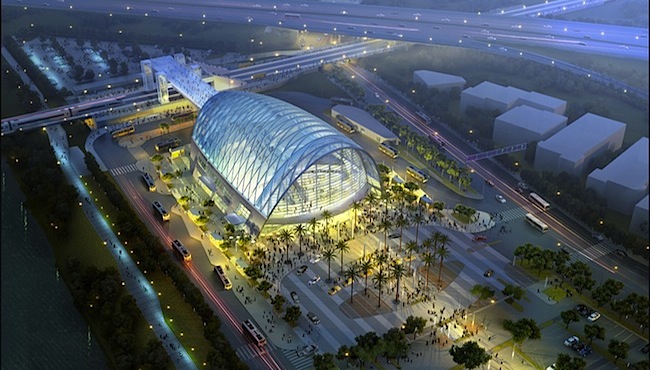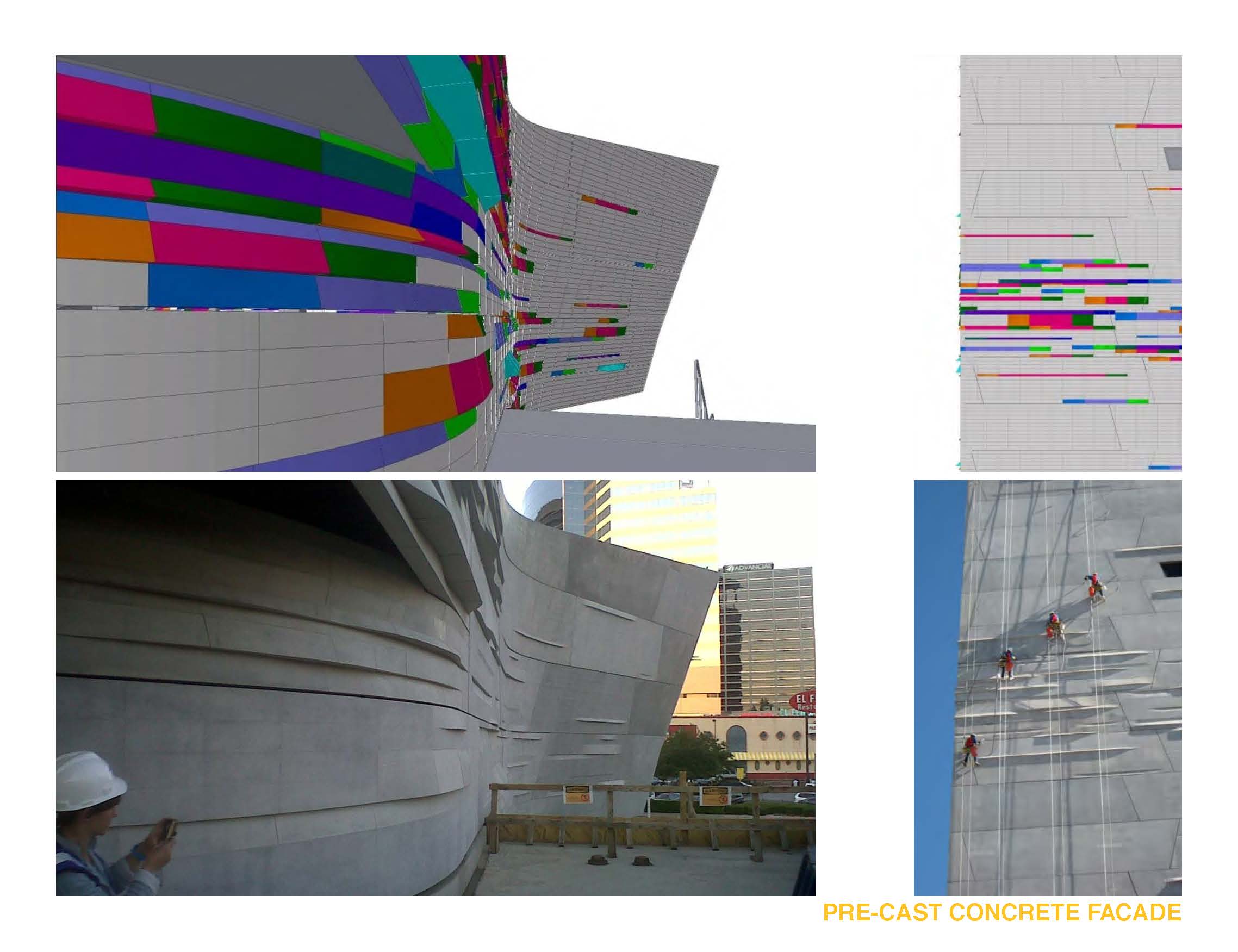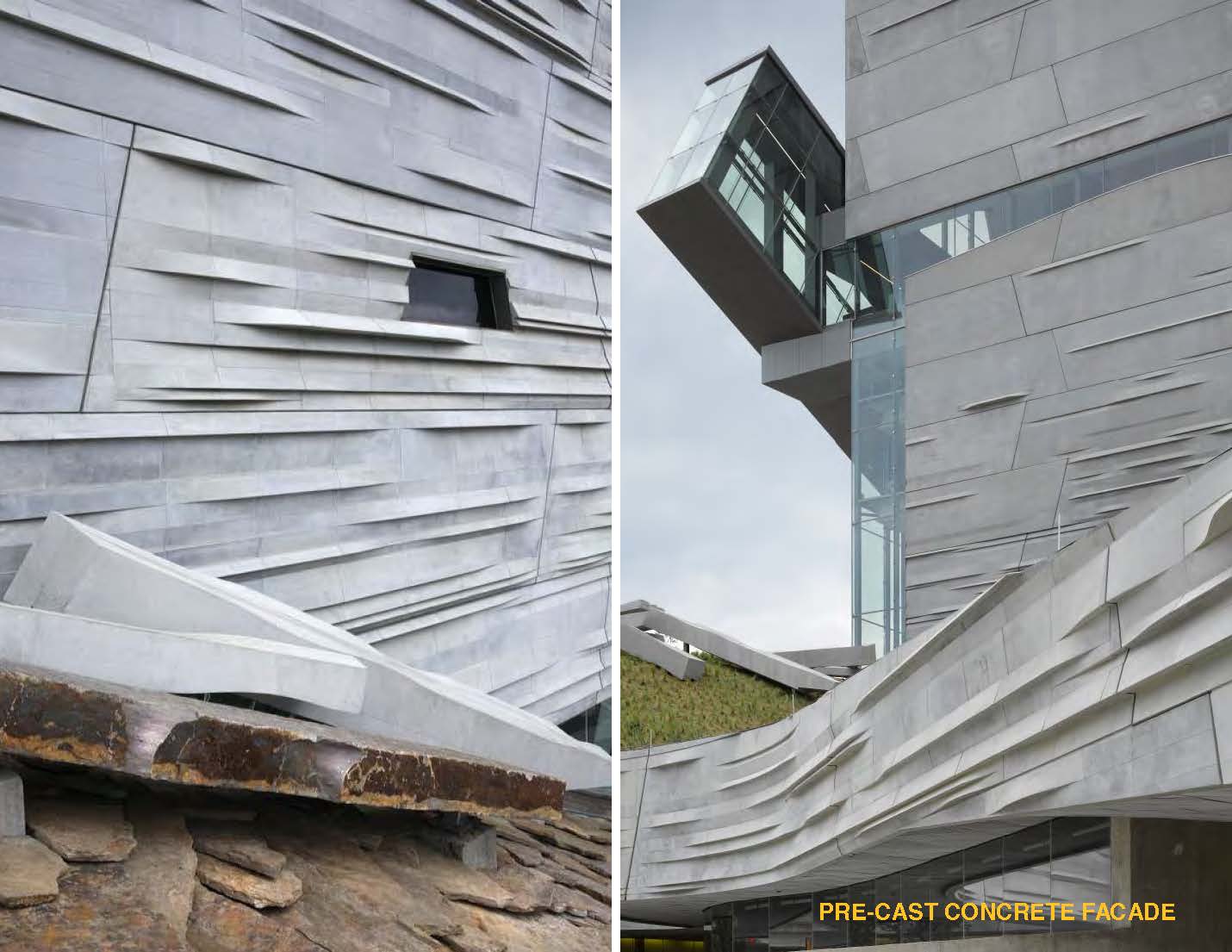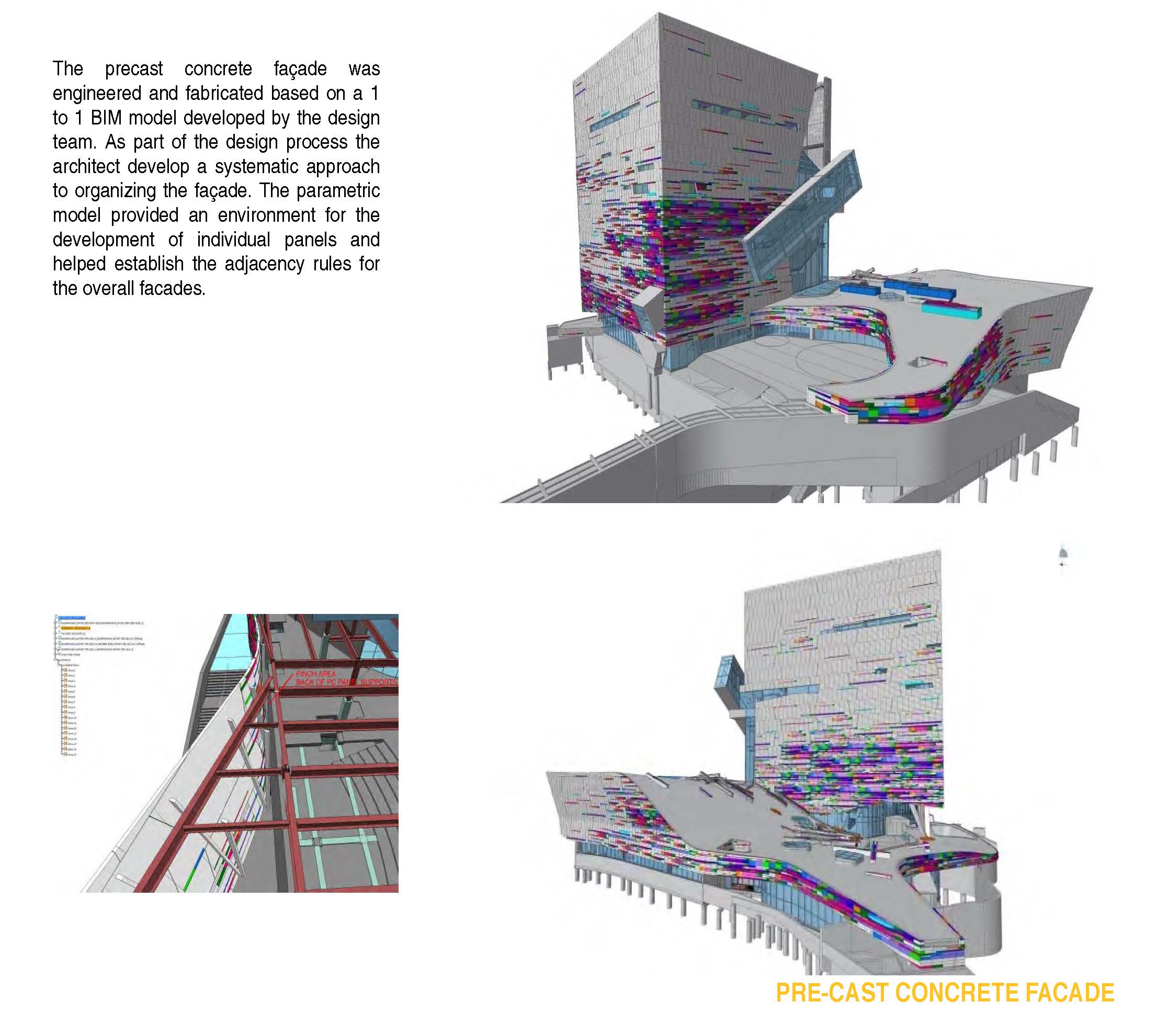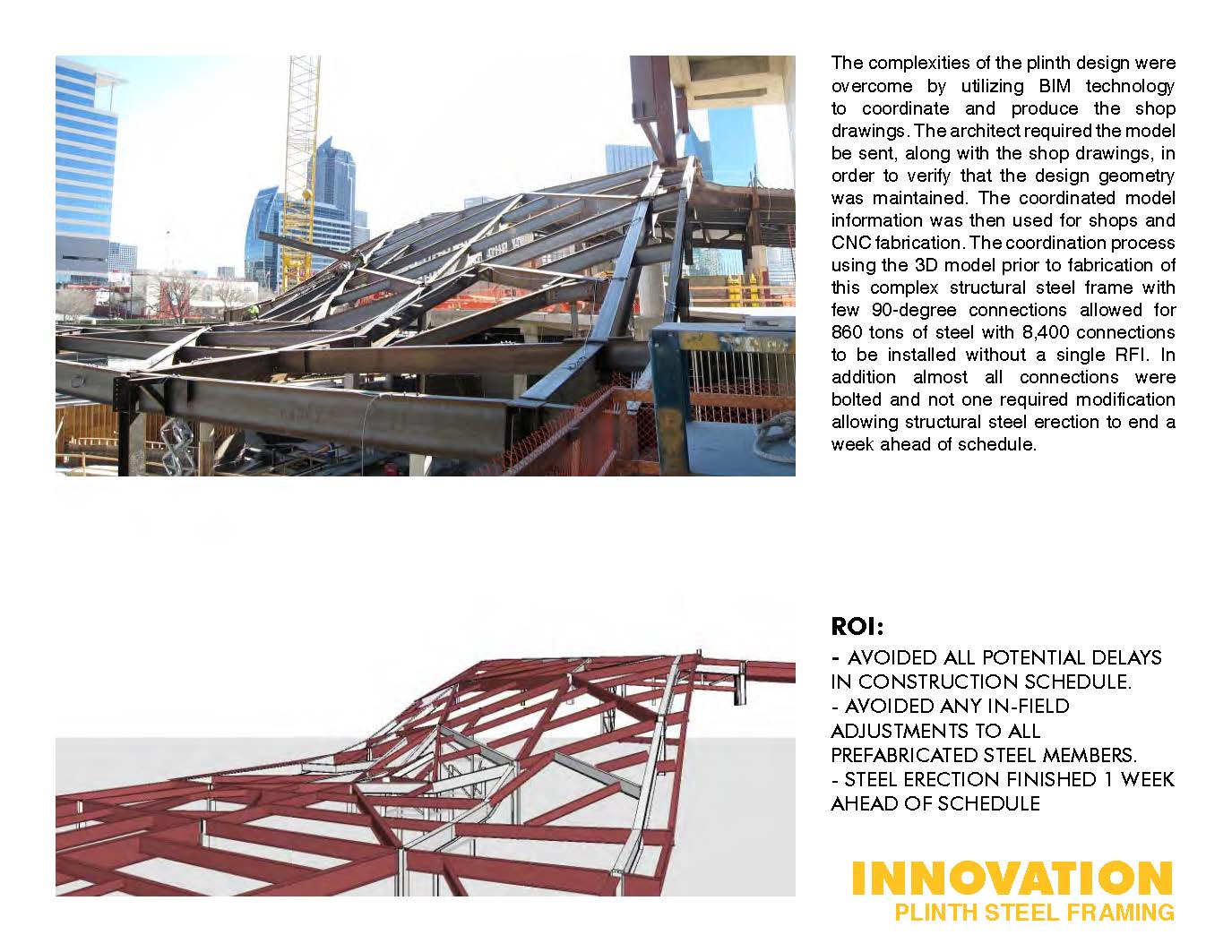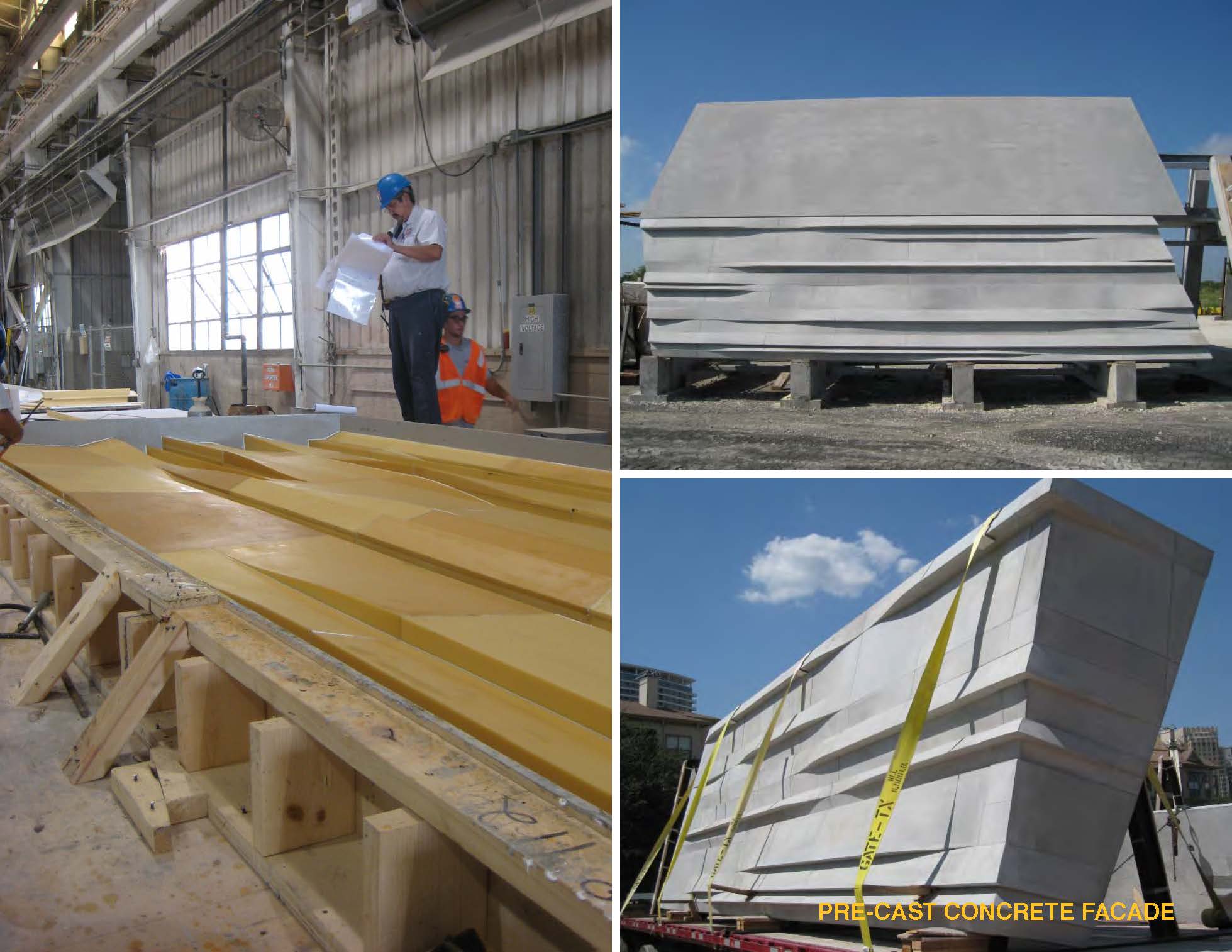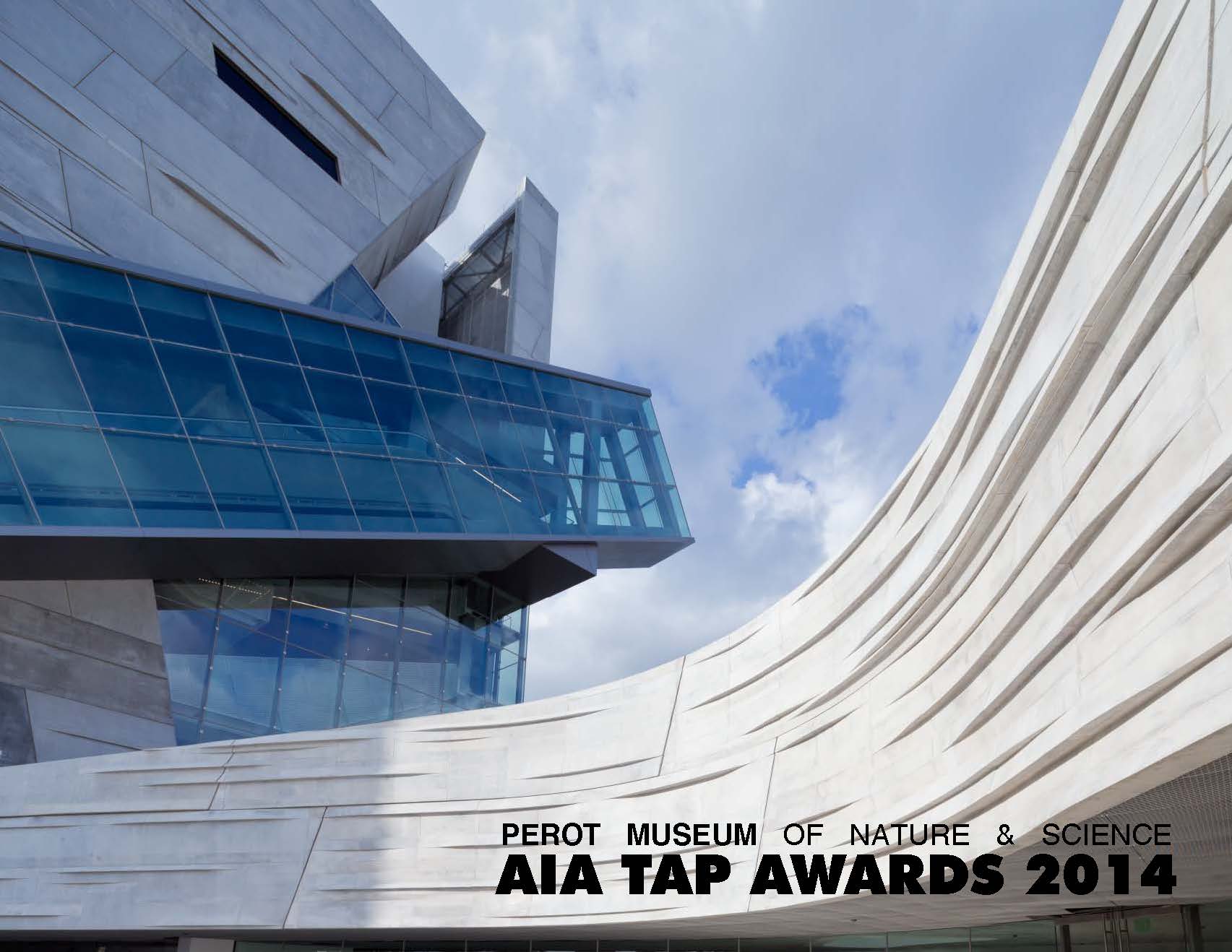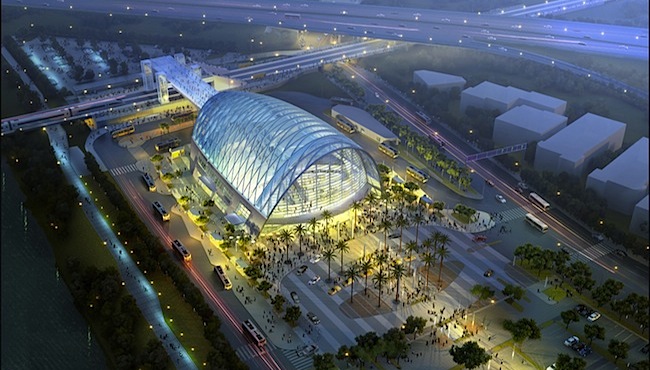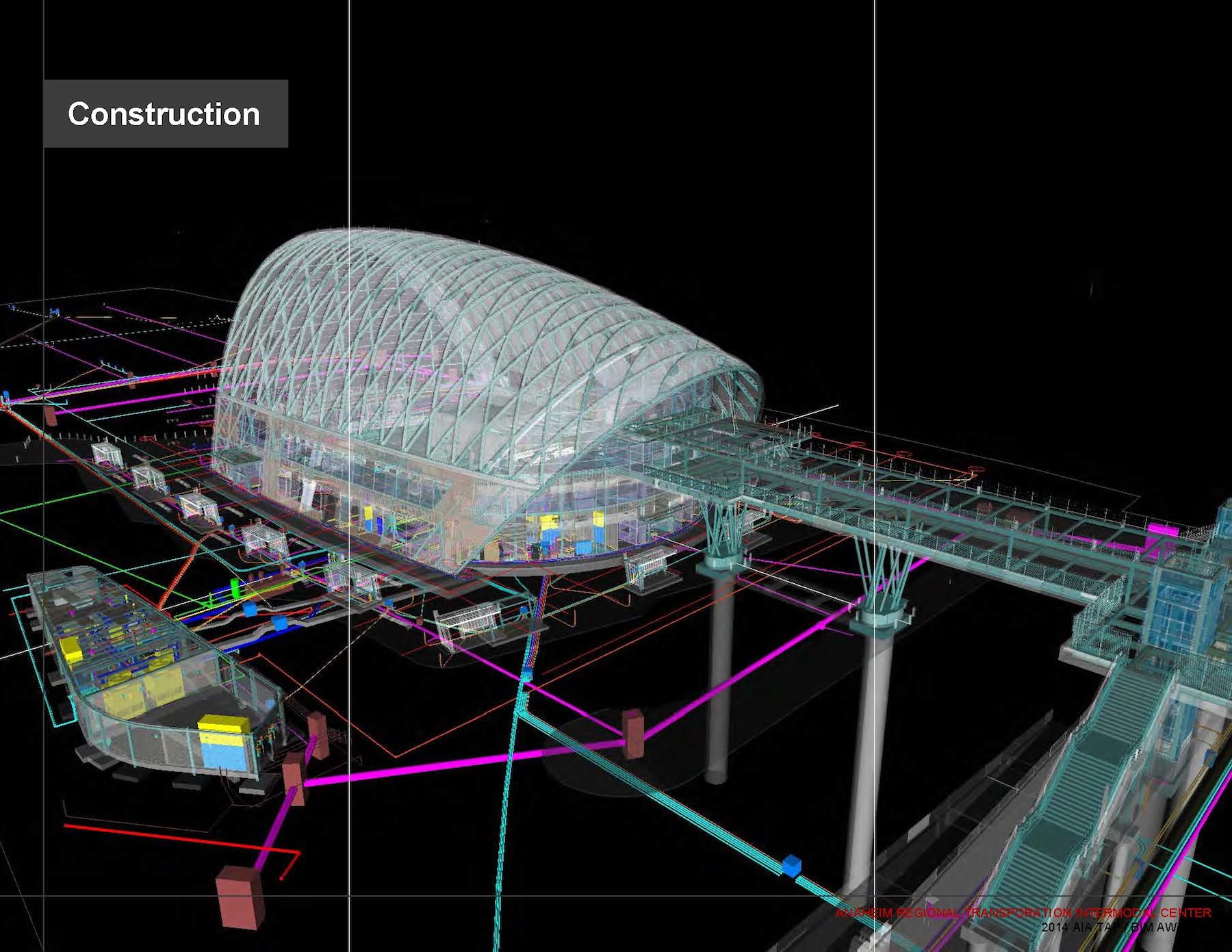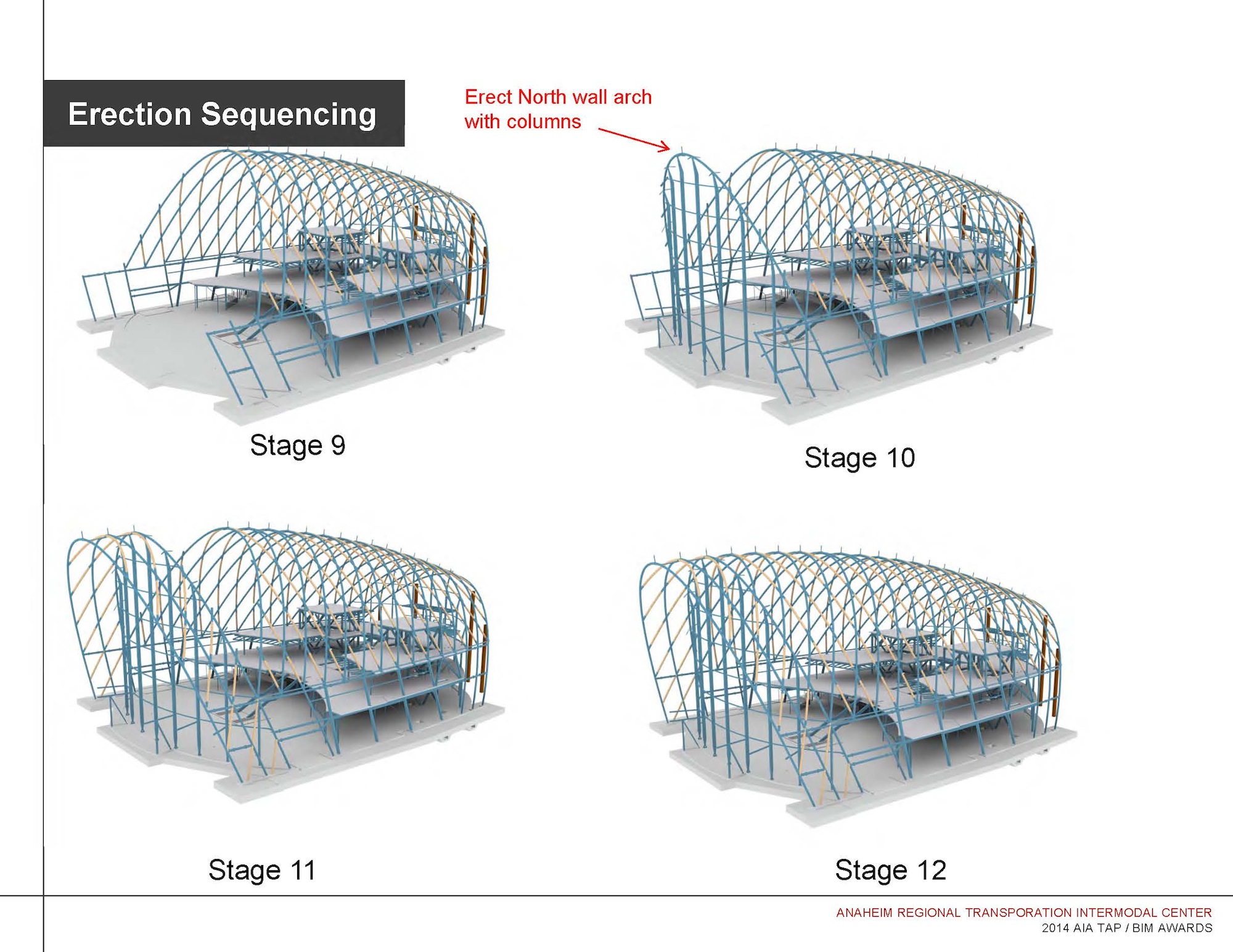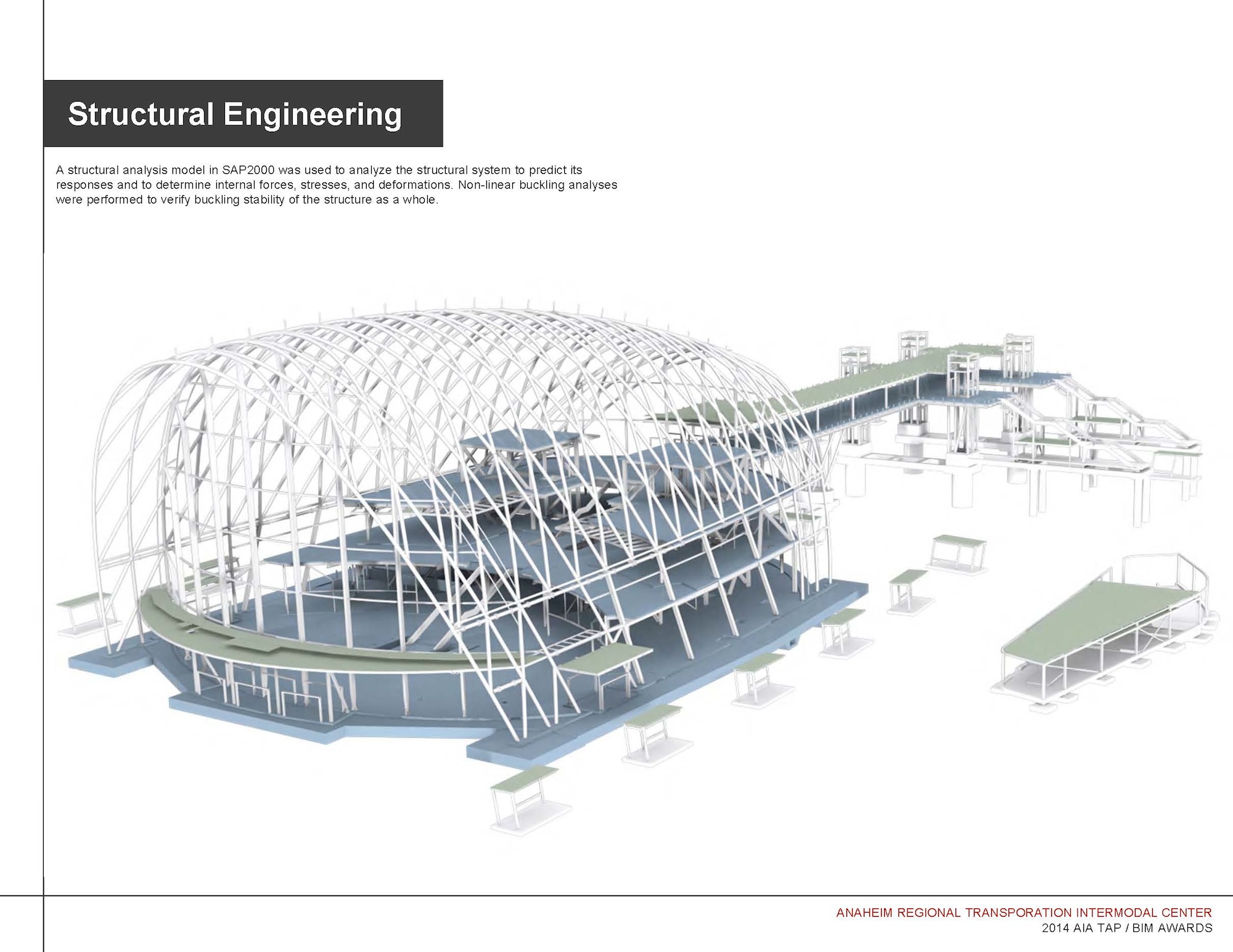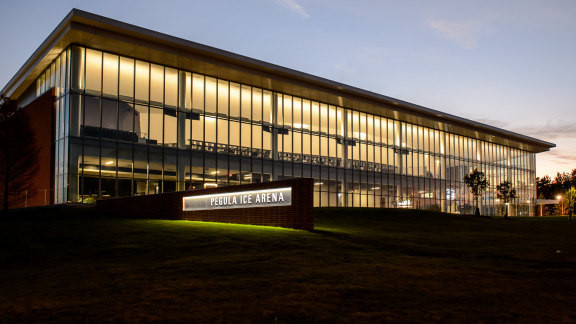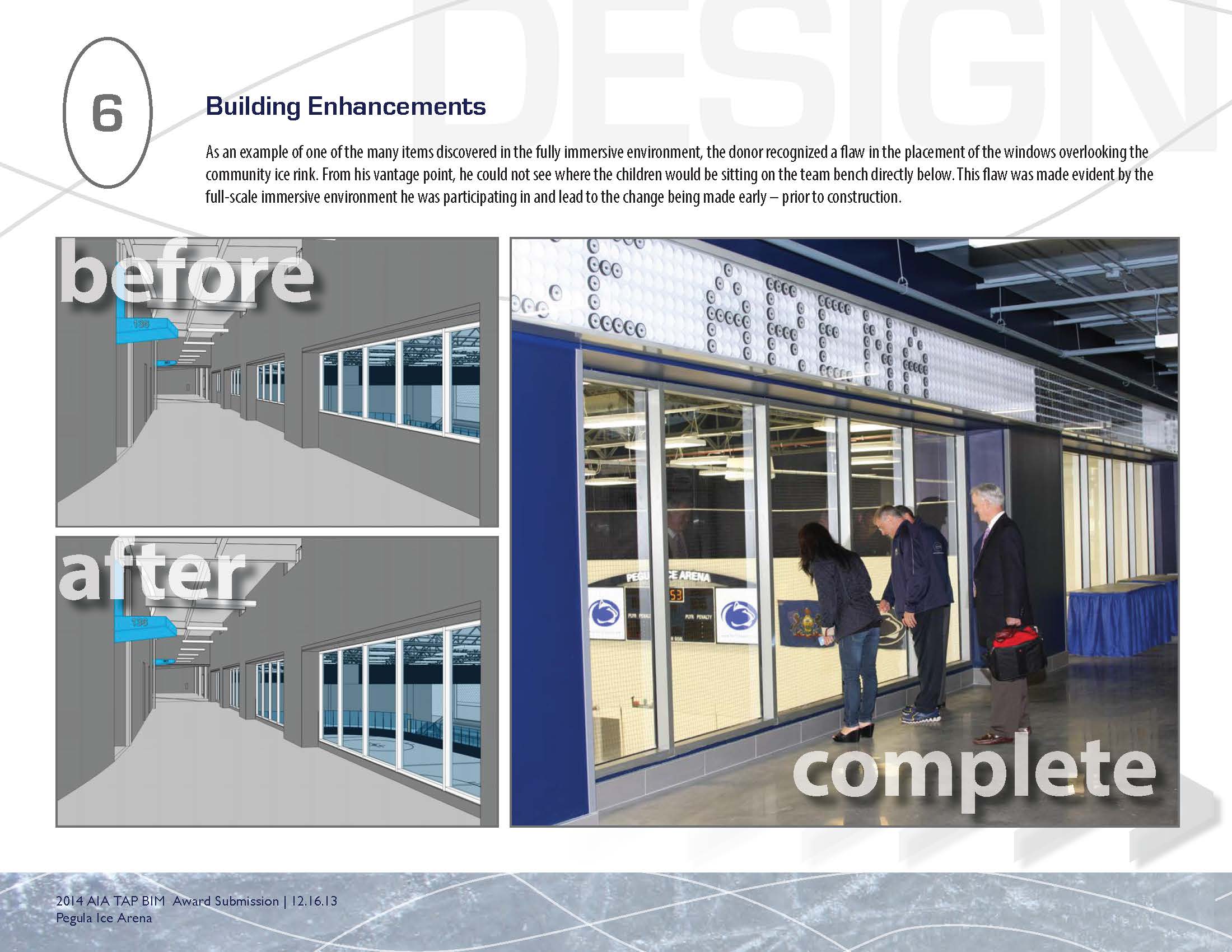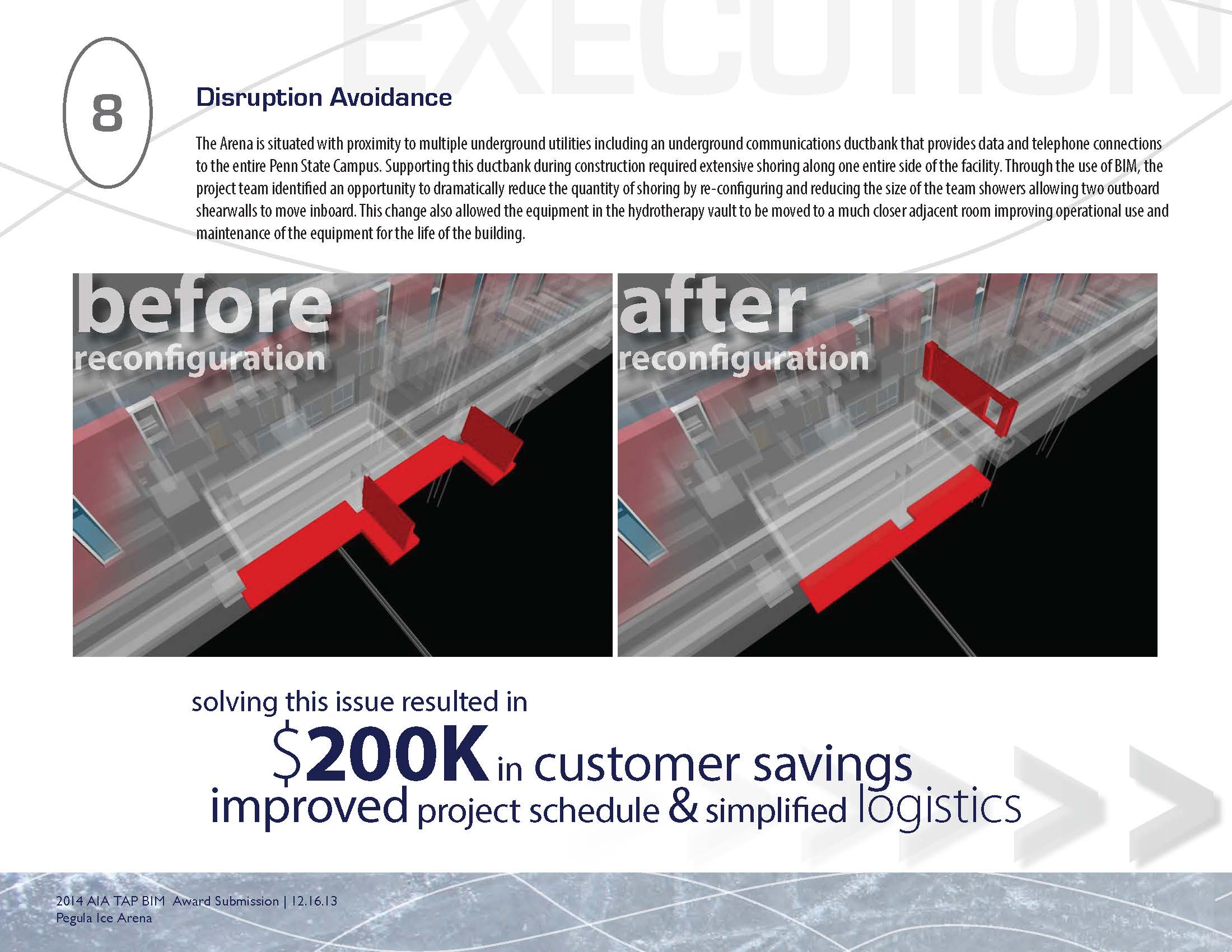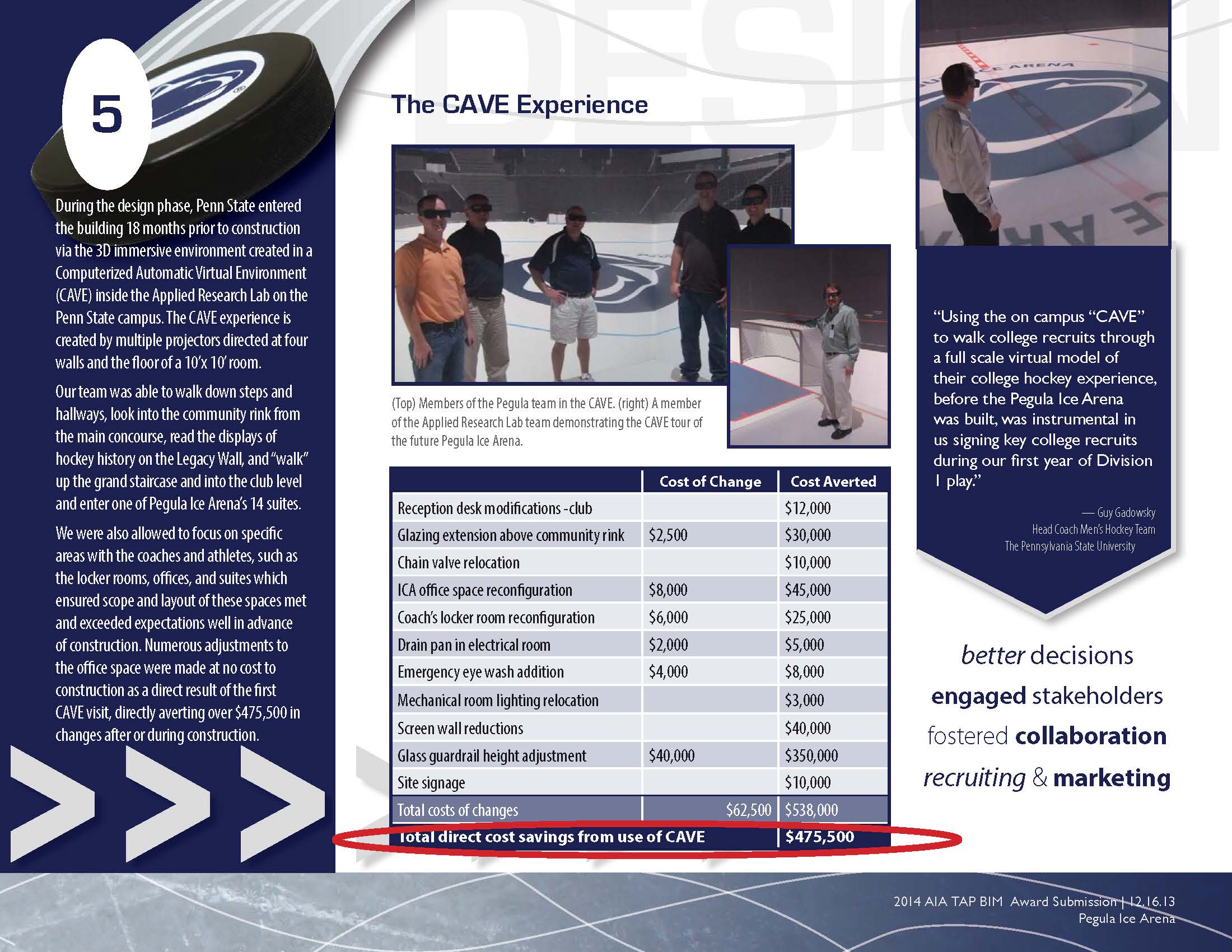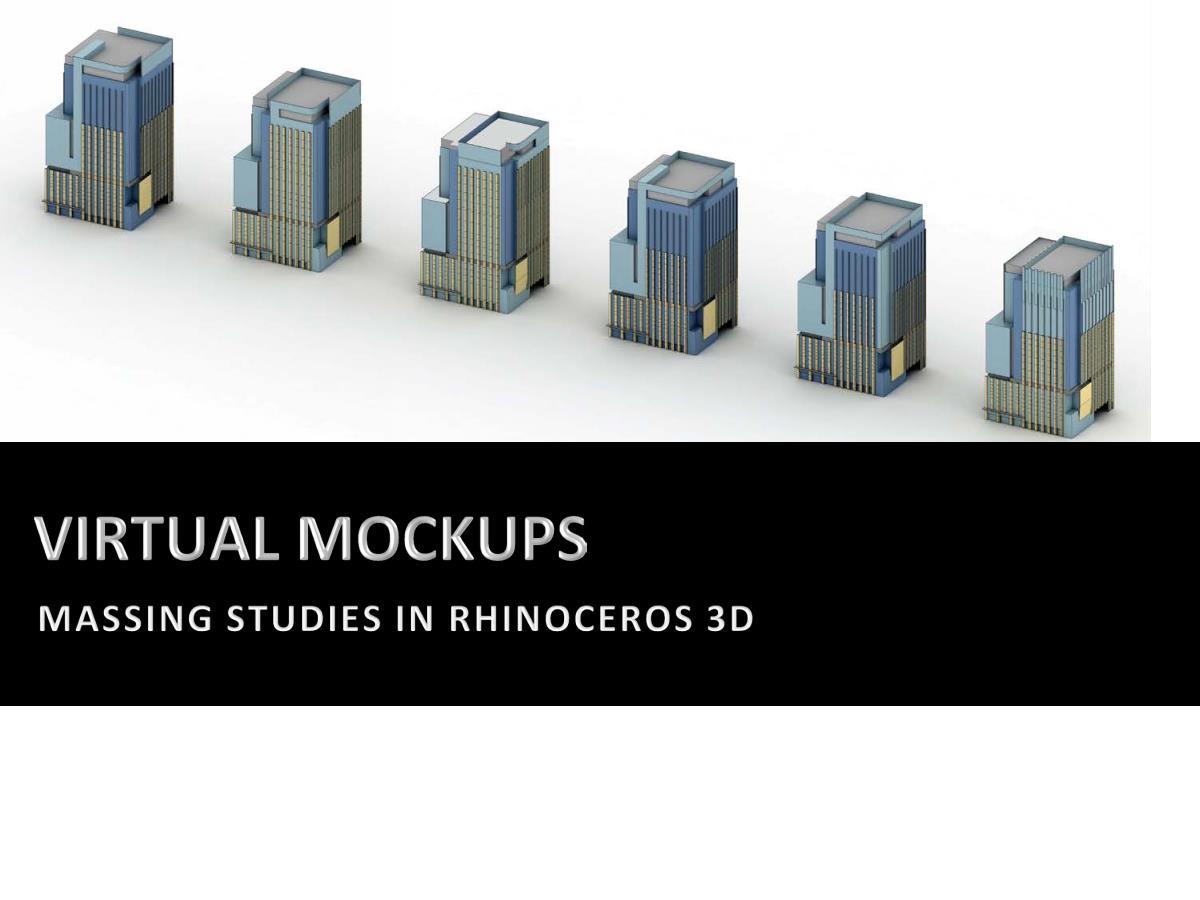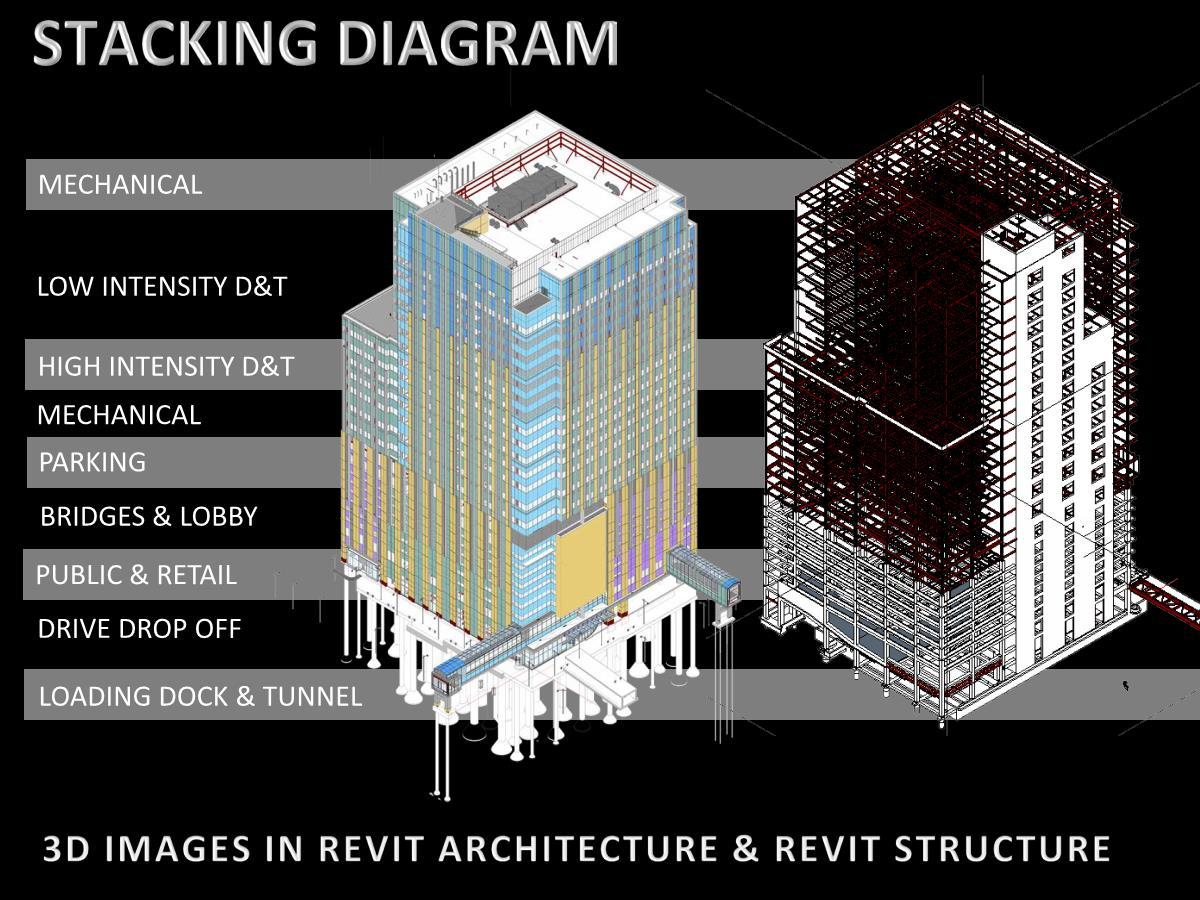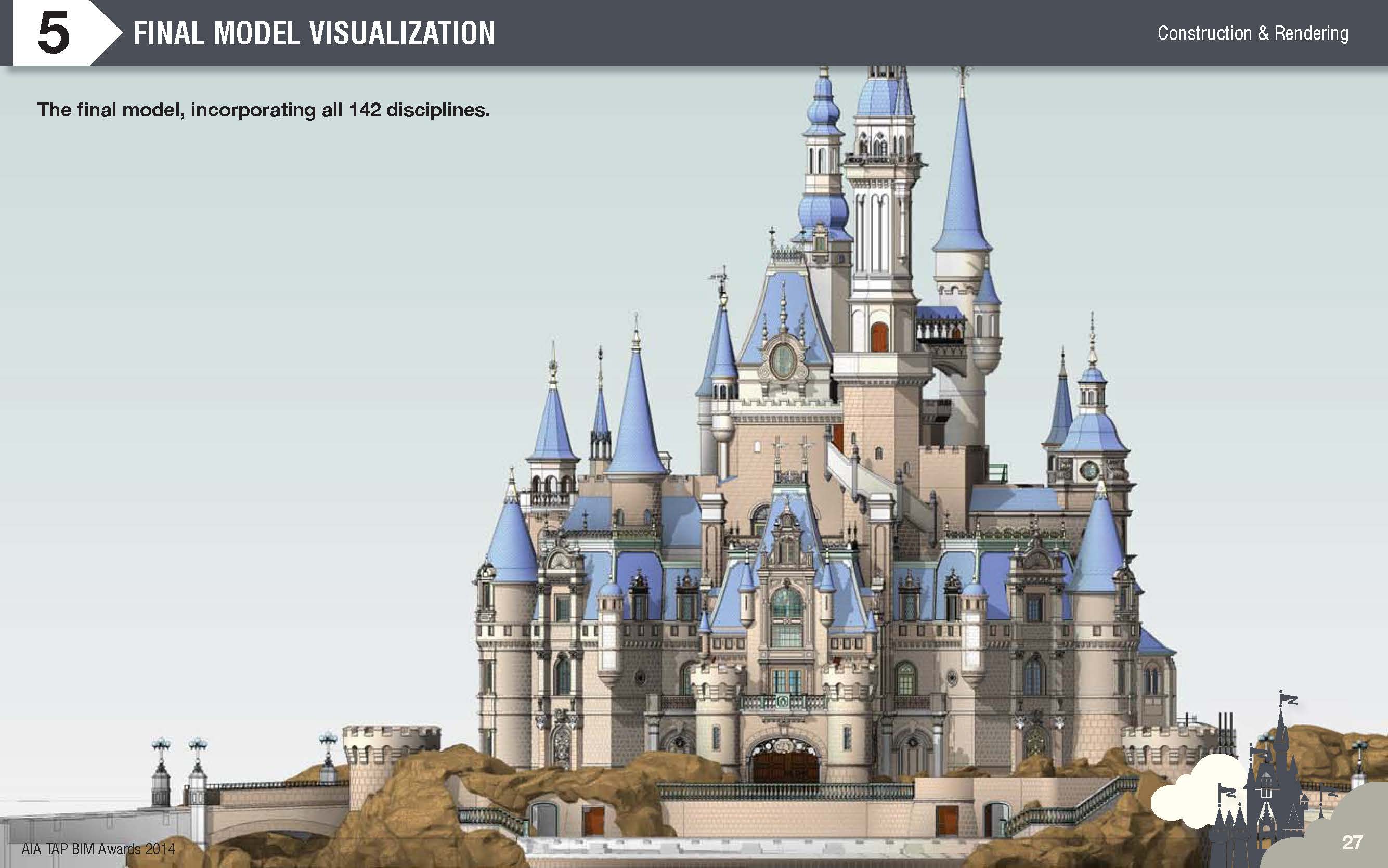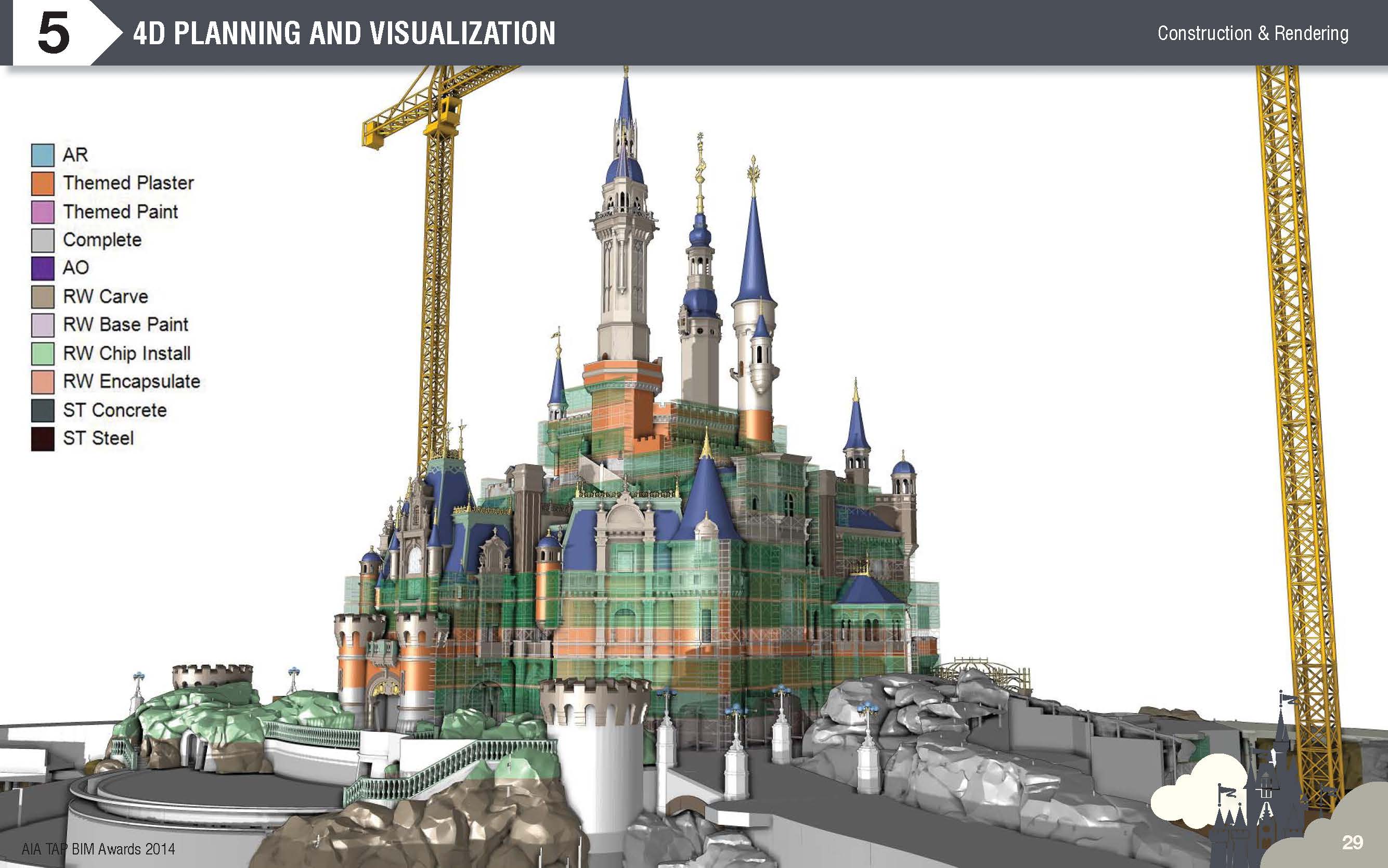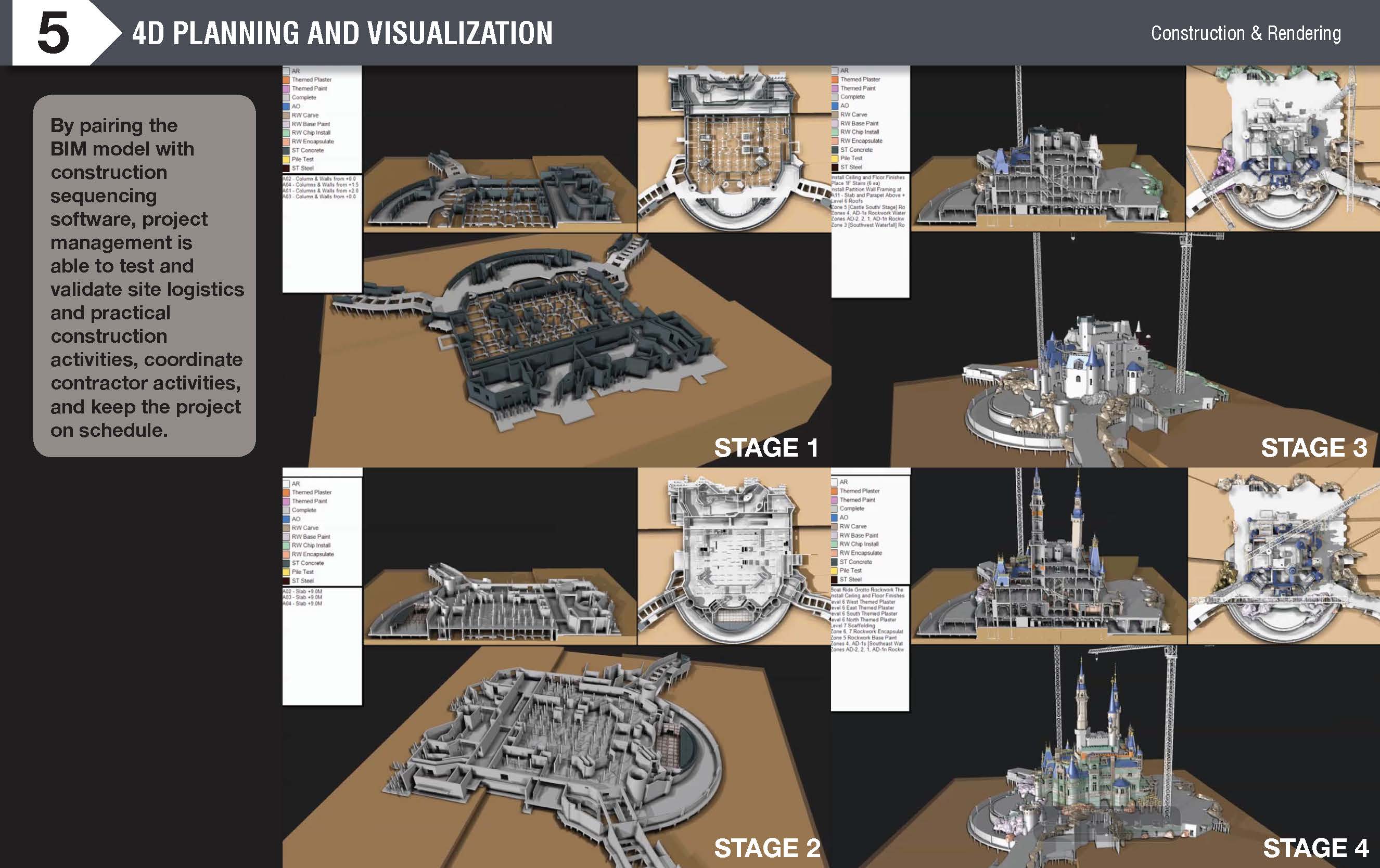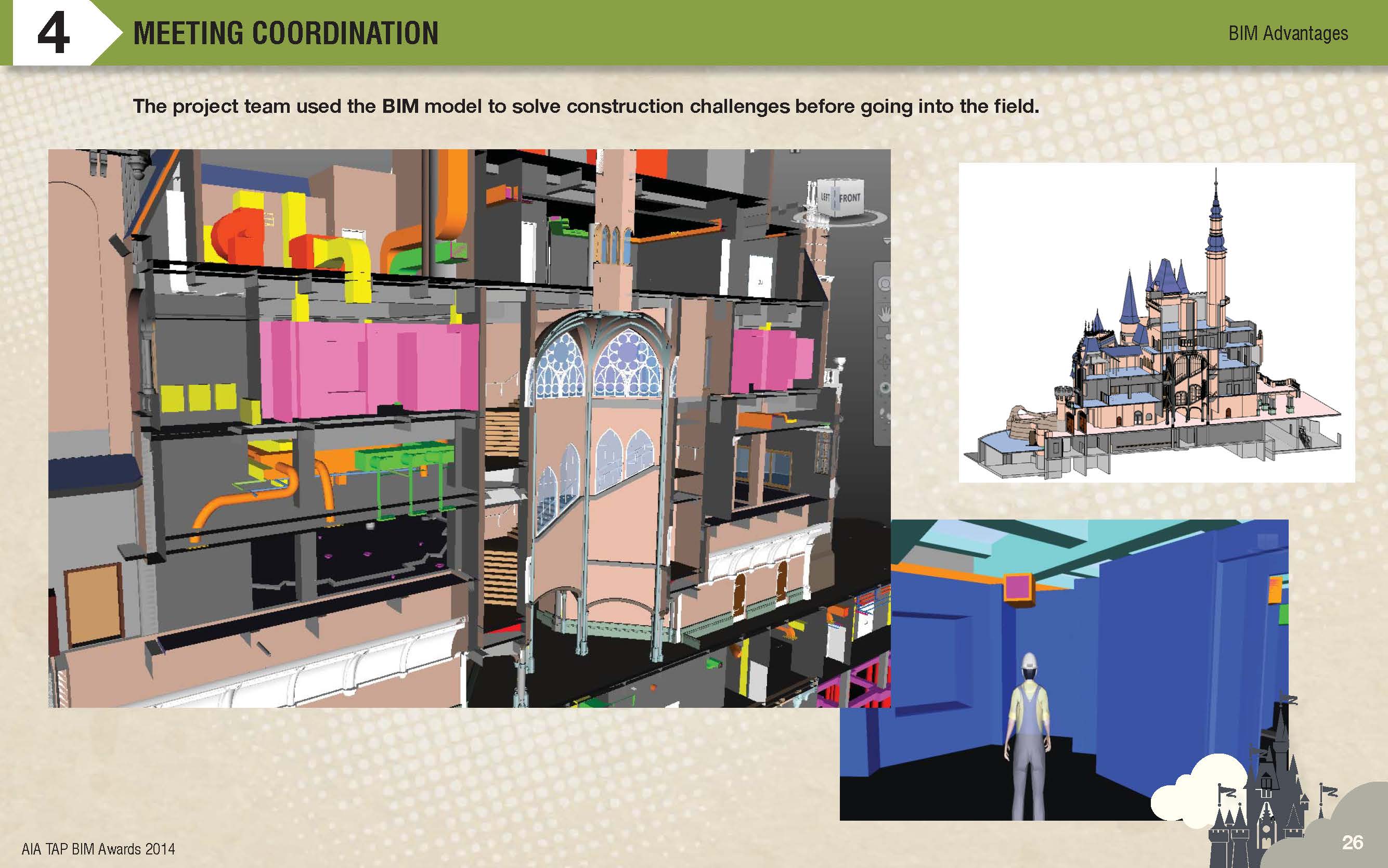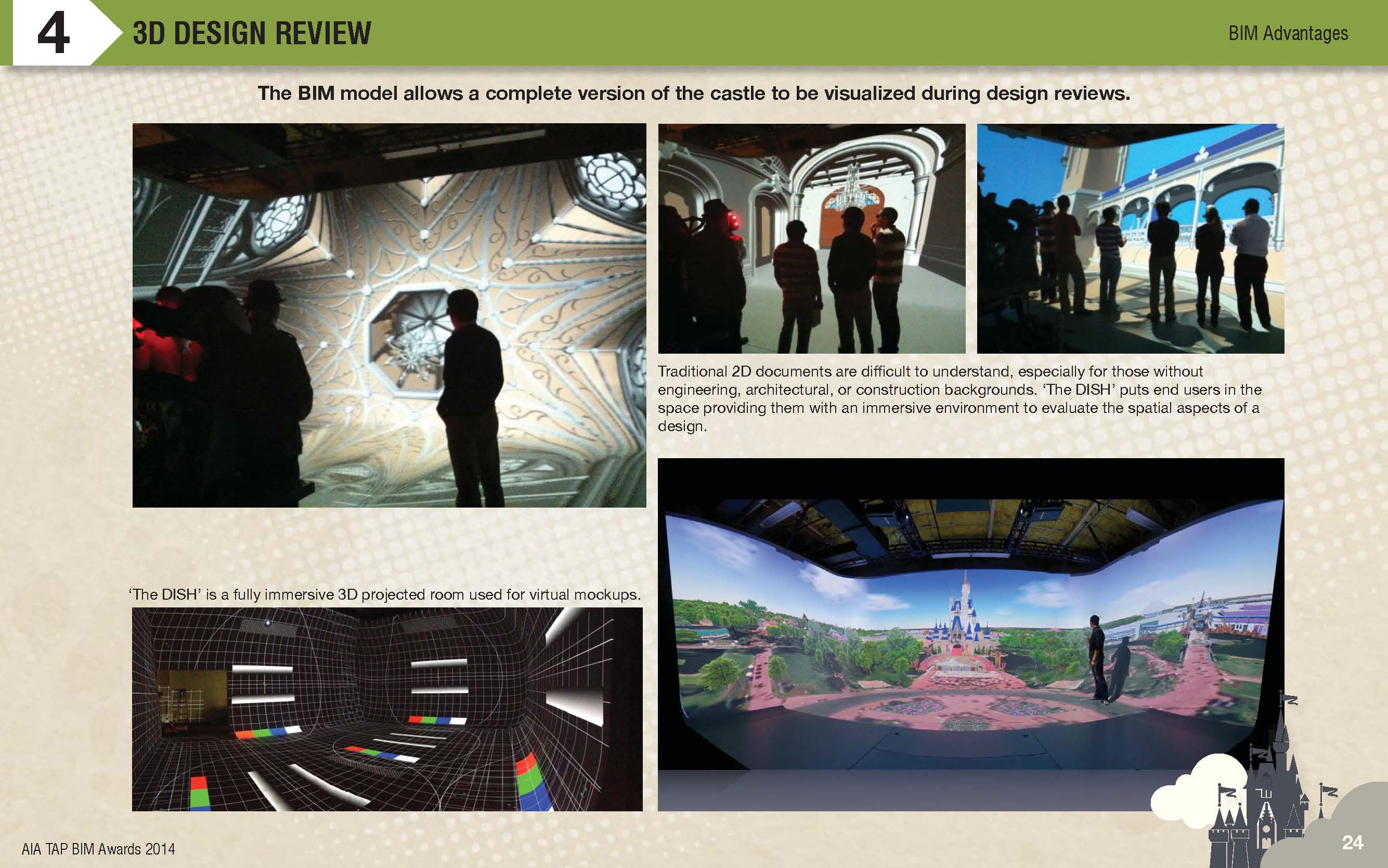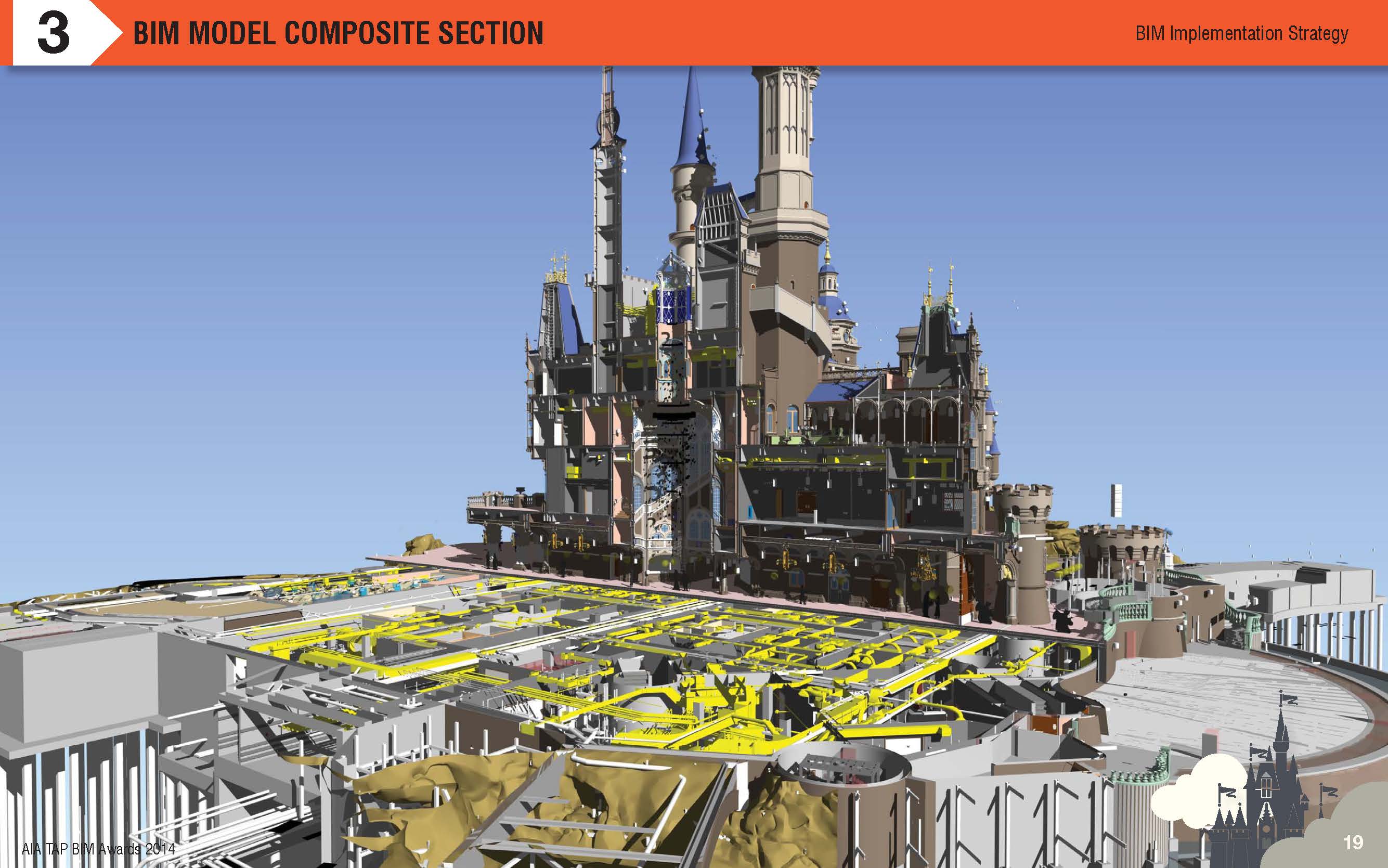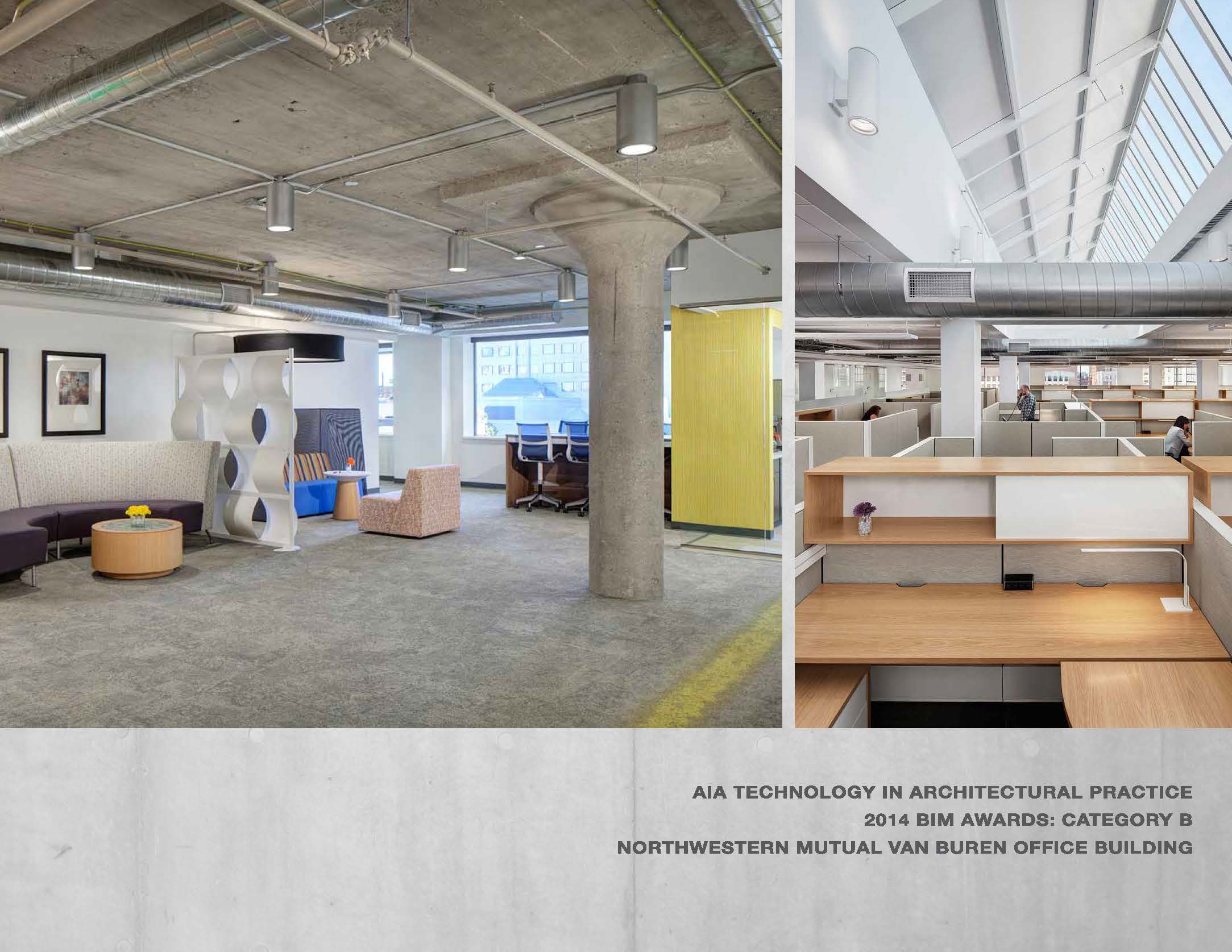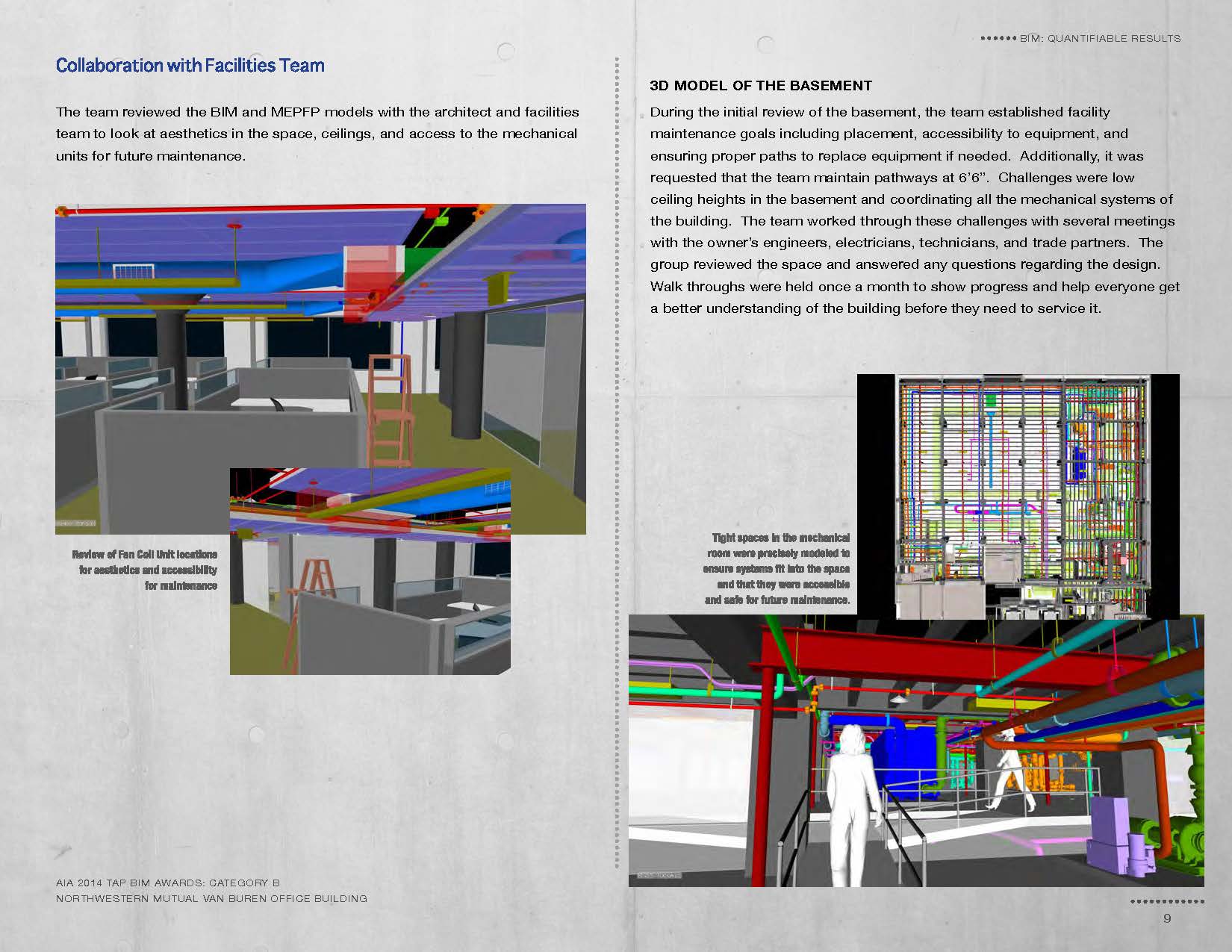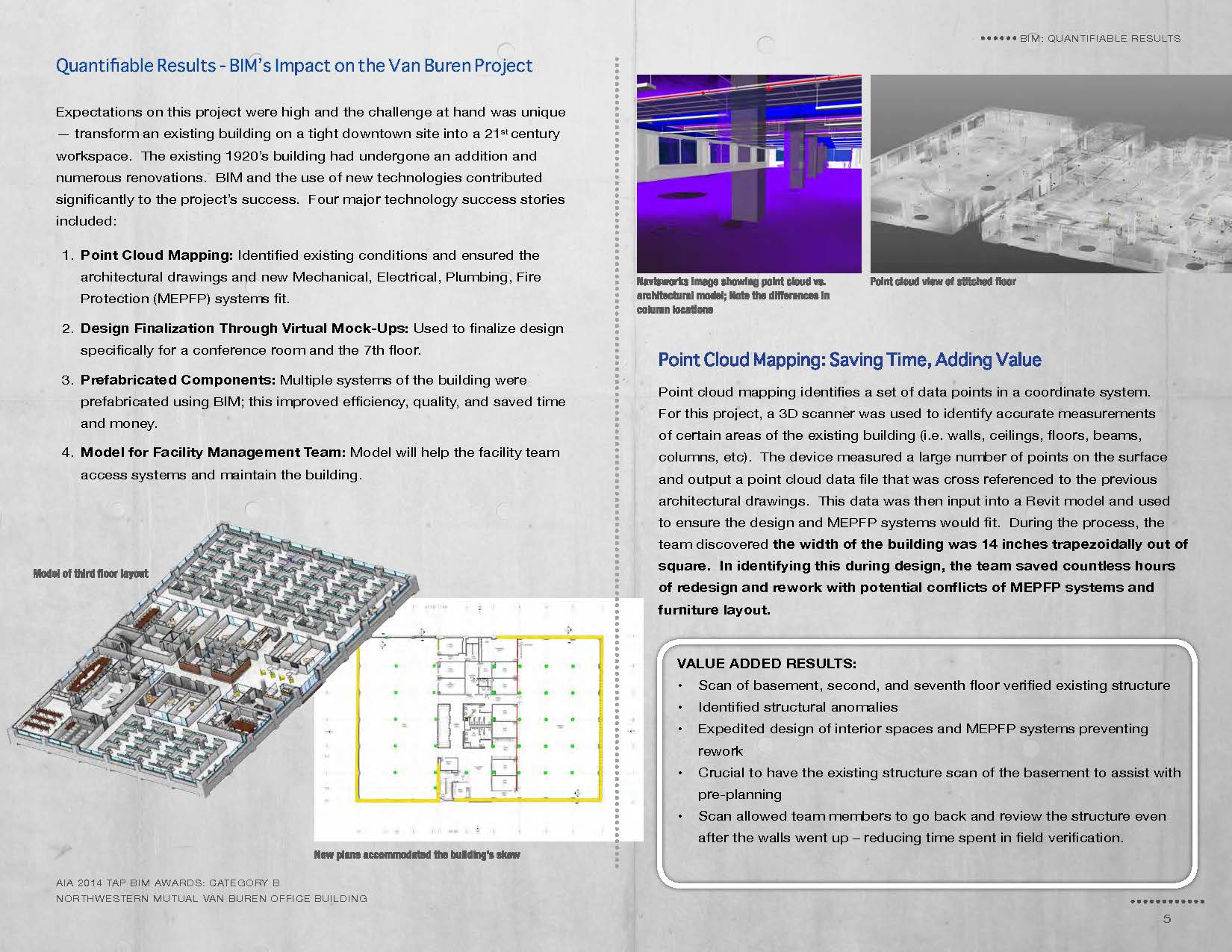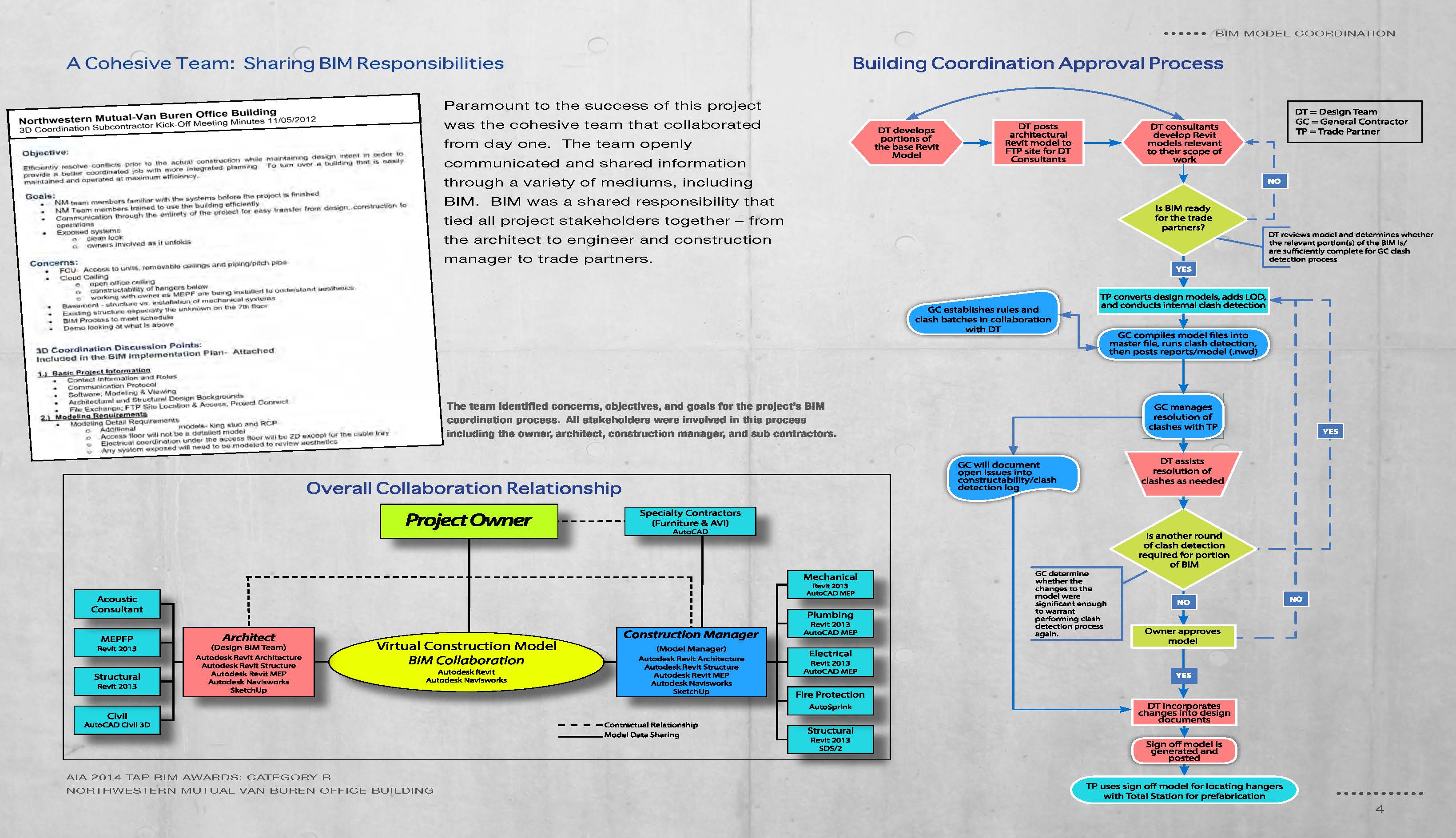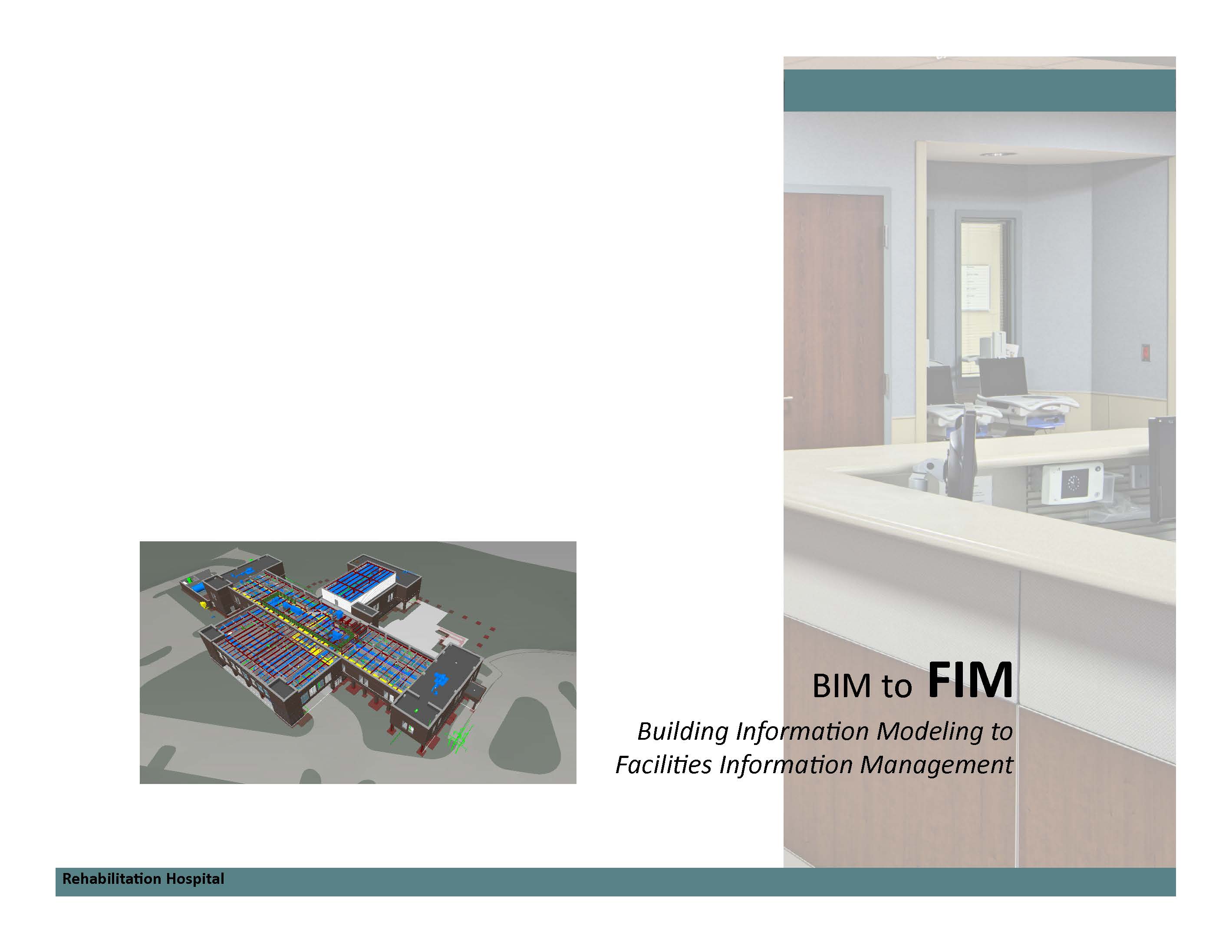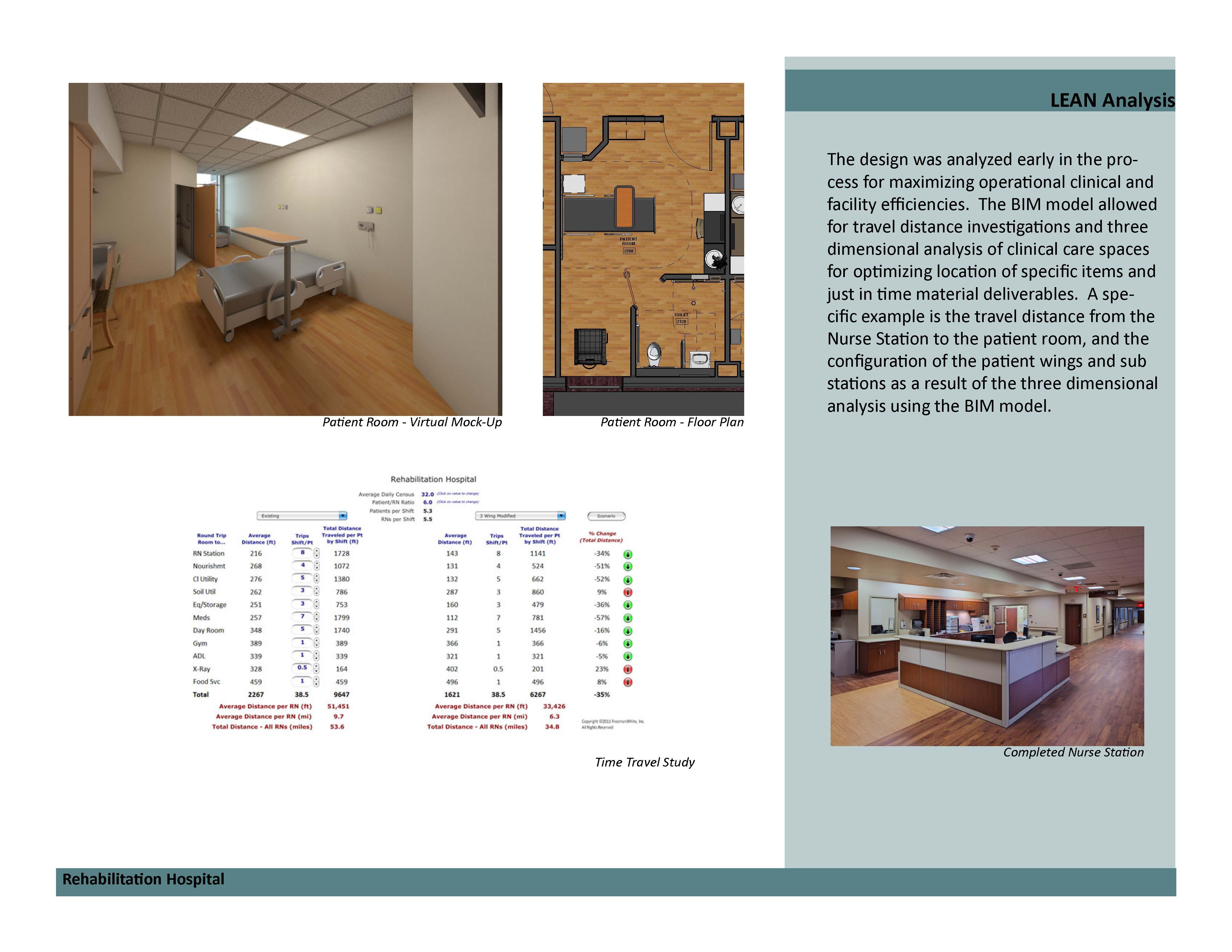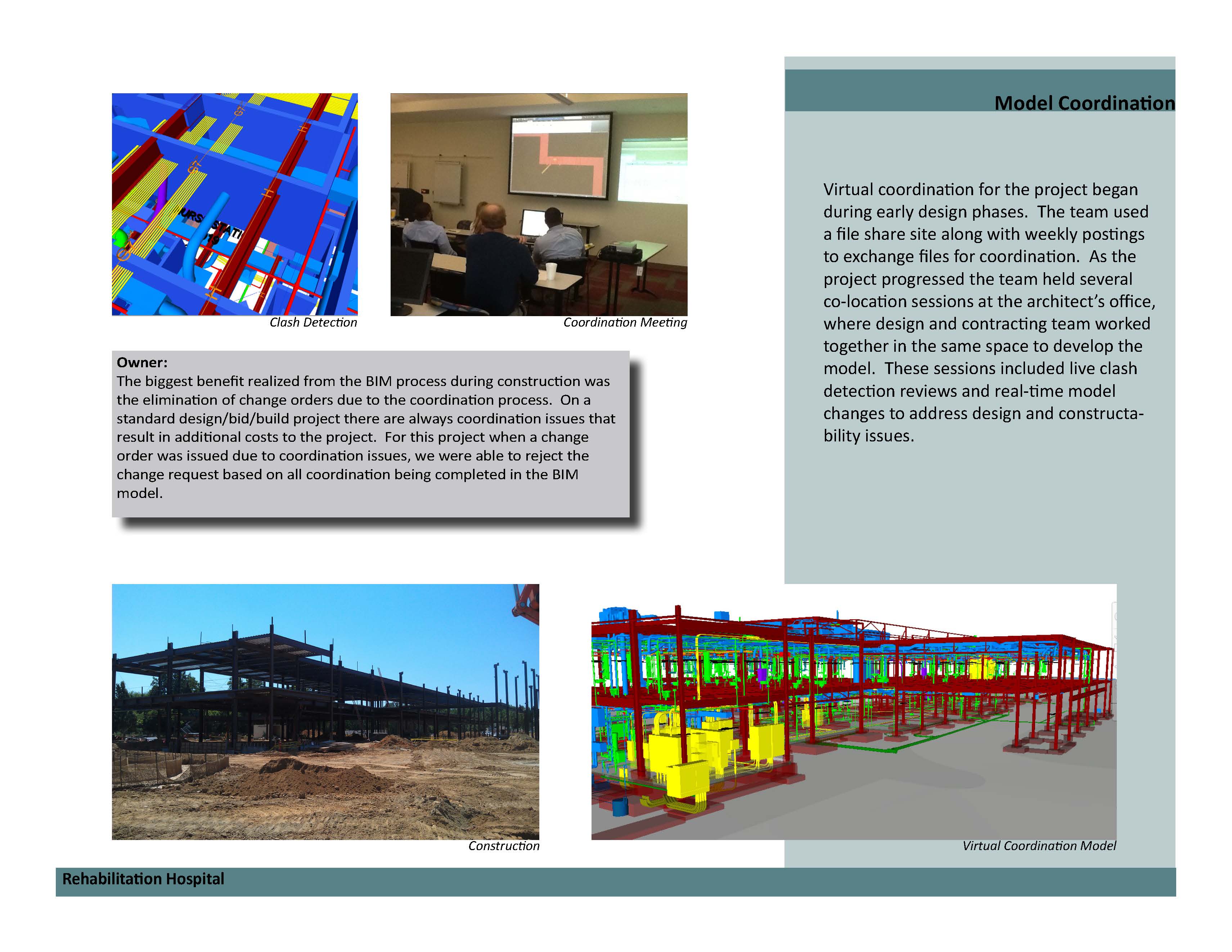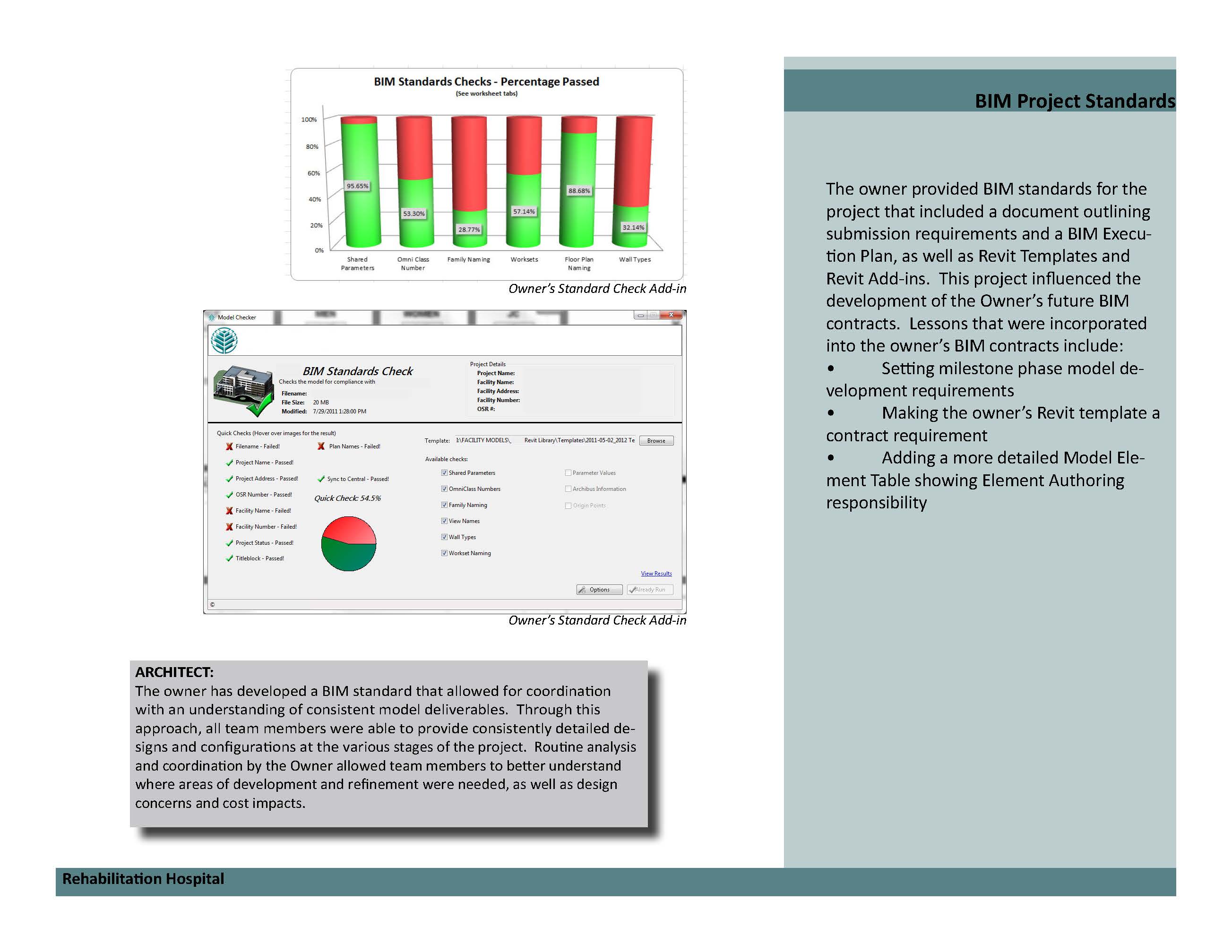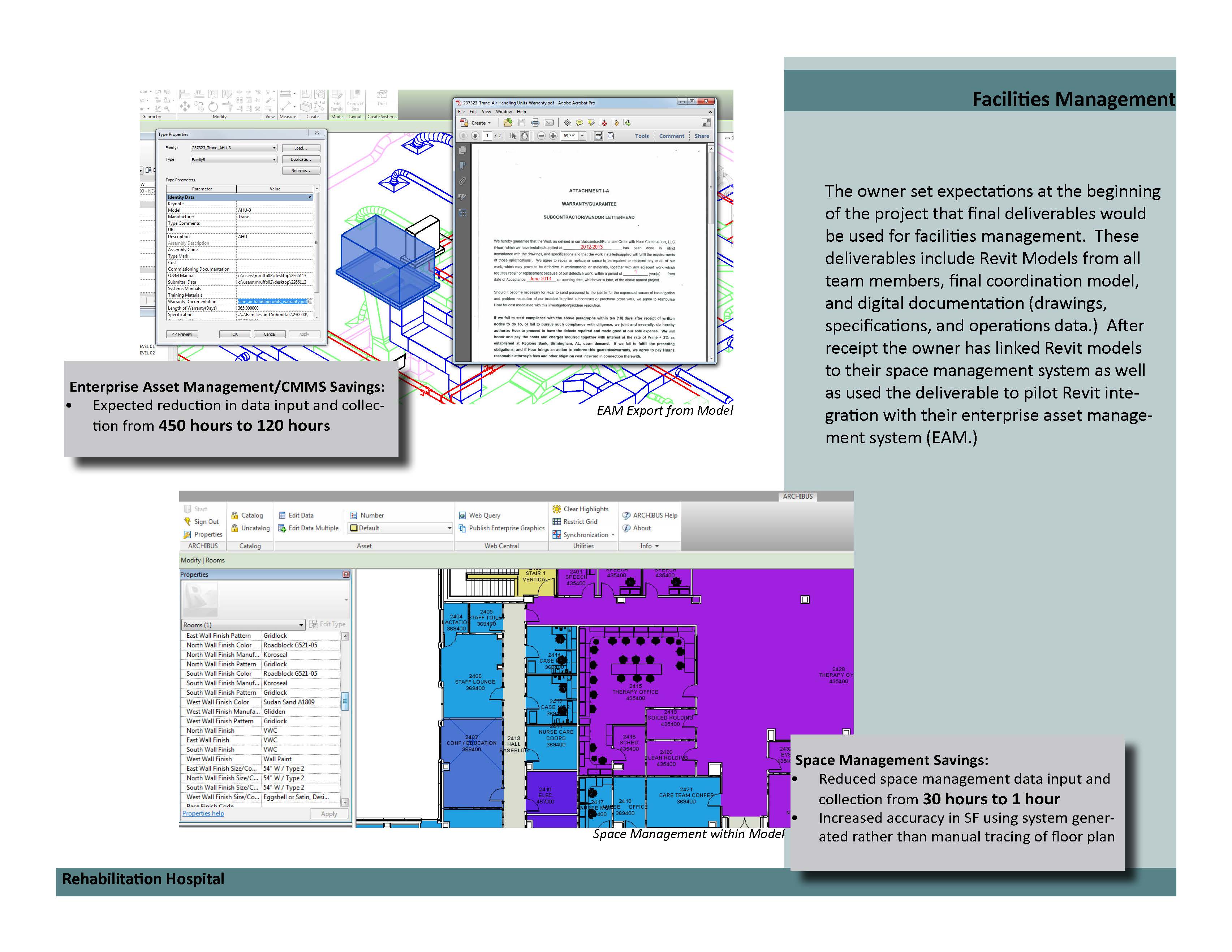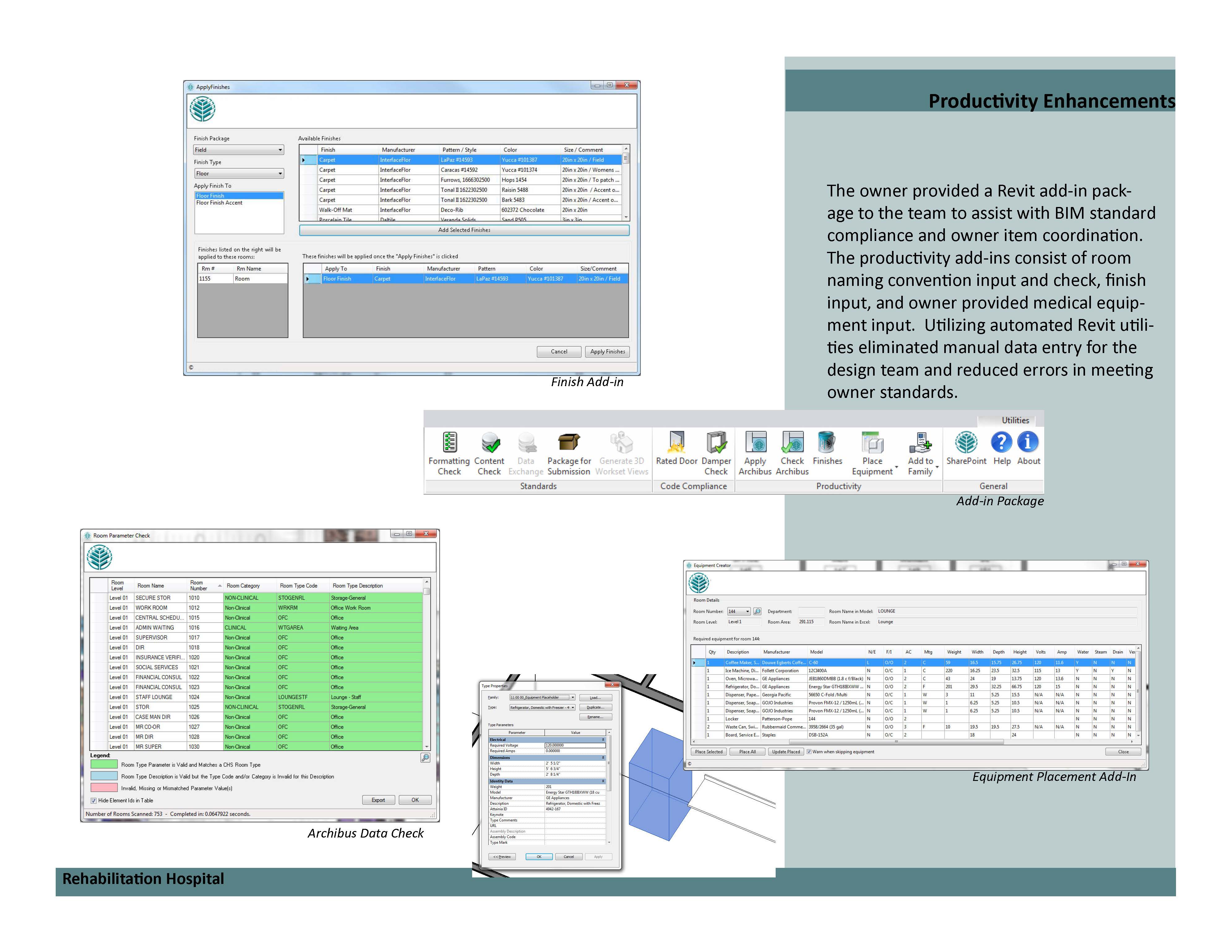The AIA's Technology in Architectural Practice (TAP) Knowledge Community recently announced the winners of the 2014 AIA TAP BIM Awards.
Launched in 2005, the program honors projects that best harness building information modeling and virtual design and construction tools and processes, and related innovations.
The 2014 jury included: Norbert W. Young Jr., FAIA (Chair), Duck Cove Associates; Ajla Aksamija, PhD, University of Massachusetts, Department of Art, Architecture & Art History; Bradley E. Workman, ZweigWhite; David Fano, CASE Design; Laura Handler, Tocci Building Companies; Paul Teicholz, Stanford University, School of Engineering; and Boyd Black, COAA Representative, University of Chicago.
The 2014 AIA TAP BIM Award and honorable mention recipients are:
1. Perot Museum of Nature and Science, Dallas
Award: Jury's Choice - Stellar Architecture Using BIM & Delivery Process Innovation
Building Team: Morphosis Architects, John A. Martin Associates, Datum Engineers, Buro Happold, Balfour Beatty Construction
Jury comments
This stood out by how it leveraged BIM not just in design but in the shop drawing process and in the fabrication and installation they achieved things in a time that would have been unimaginable otherwise. BIM assisted in fabrication, documentation, and implementation. The submitter had a willingness to share their digital files to better improve the project. Because technology was able to communicate this model, they were able to achieve what they have. They communicated effectively. It gets back to this team was cohesive. They had a shared server for the team all the way through design and construction. Their process delivery was exceptional.
DOWNLOAD PDF SLIDESHOW ON PROJECT
2. Anaheim Regional Transportation Intermodal Center, Anaheim, Calif.
Award: Stellar Architecture Using BIM
Building Team: HOK, Parsons Brinckerhoff, Buro Happold, Clark Construction Group
Jury Comments
This is what BIM is. It is an innovative piece of architecture. A great process with many strengths. The form is one of beauty and simplicity. The use of integrated design and modeling optimized the structure. Appreciate the use of an objective-based approach to technology selection. They used the tools best necessary to accomplish the design they desired to accomplish. This group leveraged the power of BIM and it was especially valuable.
DOWNLOAD PDF SLIDESHOW ON PROJECT
3. Pegula Ice Arena at The Pennsylvania State University, University Park, Pa.
Award: Delivery Process Innovation
Building Team: Crawford Architects, Bohlin Cywinski Jackson, Mortenson Construction, Thornton Tomasetti, KJWW Engineering
Jury Comments
Documented benefits of quality achieved. Feels like very strong construction through all documentation. Multiple BIM use beyond design and construction. This had a level of complexity unseen in others. The use of CAVE (virtual reality) and how they reached out to their donor base was impressive. Not many owners would think of that. They did a great way of making it understandable. This is an owner-centric message and a powerful teaching example.
DOWNLOAD PDF SLIDESHOW ON PROJECT
4. Outpatient Care Pavilion, Chicago
Award: Delivery Process Innovation
Building Team: Cannon Design, Lend Lease, Affiliated Engineers, Thornton Tomasetti, Pepper Construction
Jury Comments
They just hit on so many different notes and did them so well. They used BIM as it should be used. It’s a truly integrated project.
DOWNLOAD PDF SLIDESHOW ON PROJECT
5. Enchanted Storybook Castle, Shanghai Disneyland Park
Award: Delivery Process Innovation
Building Team: Walt Disney Imagineering, Gehry Technologies
Jury Comments
They are doing what all architects should be doing. They are saving having to reconstruct. They use many different tools that should be used on every project. The storybook castle are tools that should be leveraged in all practices.
DOWNLOAD PDF SLIDESHOW ON PROJECT
6. Northwestern Mutual Van Buren Office Building, Milwaukee, Wis.
Award: Delivery Process Innovation - Honorable Mention
Building Team: Eppstein Uhen Architects, Mortenson Construction
Jury Comments
The way they quantified their results, but also how the documented a cohesive team environment. They documented well the BIM design process for retrofits of existing buildings. They showed a good use of laser scanning. Also, this was the best example of prefabrication.
DOWNLOAD PDF SLIDESHOW ON PROJECT
7. Rehabilitation Hospital, Carolinas HealthCare System, Concord, N.C.
Award: Exemplary use of BIM in Facility Management and Operations - Honorable Mention
Building Team: Carolinas HealthCare System, FreemanWhite
Jury Comments
For using BIM to proactively analyze operational efficiency within the facility by the user. This is a very good leveraging of BIM for getting owner value out of this hospital. They used BIM to optimize clinical care activities.
DOWNLOAD PDF SLIDESHOW ON PROJECT
For more on the 2014 winners, visit: http://network.aia.org/TechnologyinArchitecturalPractice/home/buildinginformationmodelingawardsprogram/2014recipients
Related Stories
| Feb 11, 2011
RS Means Cost Comparison Chart: Office Buildings
This month's RS Means Cost Comparison Chart focuses on office building construction.
| Feb 11, 2011
Sustainable features on the bill for dual-building performing arts center at Soka University of America
The $73 million Soka University of America’s new performing arts center and academic complex recently opened on the school’s Aliso Viejo, Calif., campus. McCarthy Building Companies and Zimmer Gunsul Frasca Architects collaborated on the two-building project. One is a three-story, 47,836-sf facility with a grand reception lobby, a 1,200-seat auditorium, and supports spaces. The other is a four-story, 48,974-sf facility with 11 classrooms, 29 faculty offices, a 150-seat black box theater, rehearsal/dance studio, and support spaces. The project, which has a green roof, solar panels, operable windows, and sun-shading devices, is going for LEED Silver.
| Feb 11, 2011
BIM-enabled Texas church complex can broadcast services in high-def
After two years of design and construction, members of the Gateway Church in Southland, Texas, were able to attend services in their new 4,000-seat facility in late 2010. Located on a 180-acre site, the 205,000-sf complex has six auditoriums, including a massive 200,000-sf Worship Center, complete with catwalks, top-end audio and video system, and high-definition broadcast capabilities. BIM played a significant role in the building’s design and construction. Balfour Beatty Construction and Beck Architecture formed the nucleus of the Building Team.
| Feb 11, 2011
Kentucky’s first green adaptive reuse project earns Platinum
(FER) studio, Inglewood, Calif., converted a 115-year-old former dry goods store in Louisville, Ky., into a 10,175-sf mixed-use commercial building earned LEED Platinum and holds the distinction of being the state’s first adaptive reuse project to earn any LEED rating. The facility, located in the East Market District, houses a gallery, event space, offices, conference space, and a restaurant. Sustainable elements that helped the building reach its top LEED rating include xeriscaping, a green roof, rainwater collection and reuse, 12 geothermal wells, 81 solar panels, a 1,100-gallon ice storage system (off-grid energy efficiency is 68%) and the reuse and recycling of construction materials. Local firm Peters Construction served as GC.
| Feb 11, 2011
Former Richardson Romanesque hotel now houses books, not beds
The Piqua (Ohio) Public Library was once a late 19th-century hotel that sat vacant and deteriorating for years before a $12.3 million adaptive reuse project revitalized the 1891 building. The design team of PSA-Dewberry, MKC Associates, and historic preservation specialist Jeff Wray Associates collaborated on the restoration of the 80,000-sf Richardson Romanesque building, once known as the Fort Piqua Hotel. The team restored a mezzanine above the lobby and repaired historic windows, skylight, massive fireplace, and other historic details. The basement, with its low ceiling and stacked stone walls, was turned into a castle-like children’s center. The Piqua Historical Museum is also located within the building.
| Feb 11, 2011
Justice center on Fall River harbor serves up daylight, sustainable elements, including eucalyptus millwork
Located on historic South Main Street in Fall River, Mass., the Fall River Justice Center opened last fall to serve as the city’s Superior and District Courts building. The $85 million facility was designed by Boston-based Finegold Alexander + Associates Inc., with Dimeo Construction as CM and Arup as MEP. The 154,000-sf courthouse contains nine courtrooms, a law library, and a detention area. Most of the floors have the same ceiling height, which will makes them easier to reconfigure in the future as space needs change. Designed to achieve LEED Silver, the facility’s elliptical design offers abundant natural daylight and views of the harbor. Renewable eucalyptus millwork is one of the sustainable features.
| Feb 11, 2011
Research facility separates but also connects lab spaces
California State University, Northridge, consolidated its graduate and undergraduate biology and mathematics programs into one 90,000-sf research facility. Architect of record Cannon Design worked on the new Chaparral Hall, creating a four-story facility with two distinct spaces that separate research and teaching areas; these are linked by faculty offices to create collaborative spaces. The building houses wet research, teaching, and computational research labs, a 5,000-sf vivarium, classrooms, and administrative offices. A four-story outdoor lobby and plaza and an outdoor staircase provide orientation. A covered walkway links the new facility with the existing science complex. Saiful/Bouquet served as structural engineer, Bard, Rao + Athanas Consulting Engineers served as MEP, and Research Facilities Design was laboratory consultant.
| Feb 11, 2011
A feast of dining options at University of Colorado community center, but hold the buffalo stew
The University of Colorado, Boulder, cooked up something different with its new $84.4 million Center for Community building, whose 900-seat foodservice area consists of 12 micro-restaurants, each with its own food options and décor. Centerbrook Architects of Connecticut collaborated with Denver’s Davis Partnership Architects and foodservice designer Baker Group of Grand Rapids, Mich., on the 323,000-sf facility, which also includes space for a career center, international education, and counseling and psychological services. Exterior walls of rough-hewn, variegated sandstone and a terra cotta roof help the new facility blend with existing campus buildings. Target: LEED Gold.
| Feb 11, 2011
Chicago high-rise mixes condos with classrooms for Art Institute students
The Legacy at Millennium Park is a 72-story, mixed-use complex that rises high above Chicago’s Michigan Avenue. The glass tower, designed by Solomon Cordwell Buenz, is mostly residential, but also includes 41,000 sf of classroom space for the School of the Art Institute of Chicago and another 7,400 sf of retail space. The building’s 355 one-, two-, three-, and four-bedroom condominiums range from 875 sf to 9,300 sf, and there are seven levels of parking. Sky patios on the 15th, 42nd, and 60th floors give owners outdoor access and views of Lake Michigan.
| Feb 11, 2011
Iowa surgery center addresses both inpatient and outpatient care
The 12,000-person community of Carroll, Iowa, has a new $28 million surgery center to provide both inpatient and outpatient care. Minneapolis-based healthcare design firm Horty Elving headed up the four-story, 120,000-sf project for St. Anthony’s Regional Hospital. The center’s layout is based on a circular process flow, and includes four 800-sf operating rooms with poured rubber floors to reduce leg fatigue for surgeons and support staff, two substerile rooms between each pair of operating rooms, and two endoscopy rooms adjacent to the outpatient prep and recovery rooms. Recovery rooms are clustered in groups of four. The large family lounge (left) has expansive windows with views of the countryside, and television monitors that display coded information on patient status so loved ones can follow a patient’s progress.


